 Shutterstock
Shutterstock
Dogs are cherished in the diverse world of canines for numerous reasons: their unwavering loyalty, boundless affection, and unique personalities. However, certain breeds are known for a less celebrated trait: their distinctive odors. While all dogs can get a bit smelly without proper care and grooming, some breeds are predisposed to being the most stinking, often due to their physical characteristics, natural oils, and predisposition to certain skin conditions. Understanding these breeds can help potential dog owners prepare for their smelly companions’ grooming and care needs.
Basset Hound
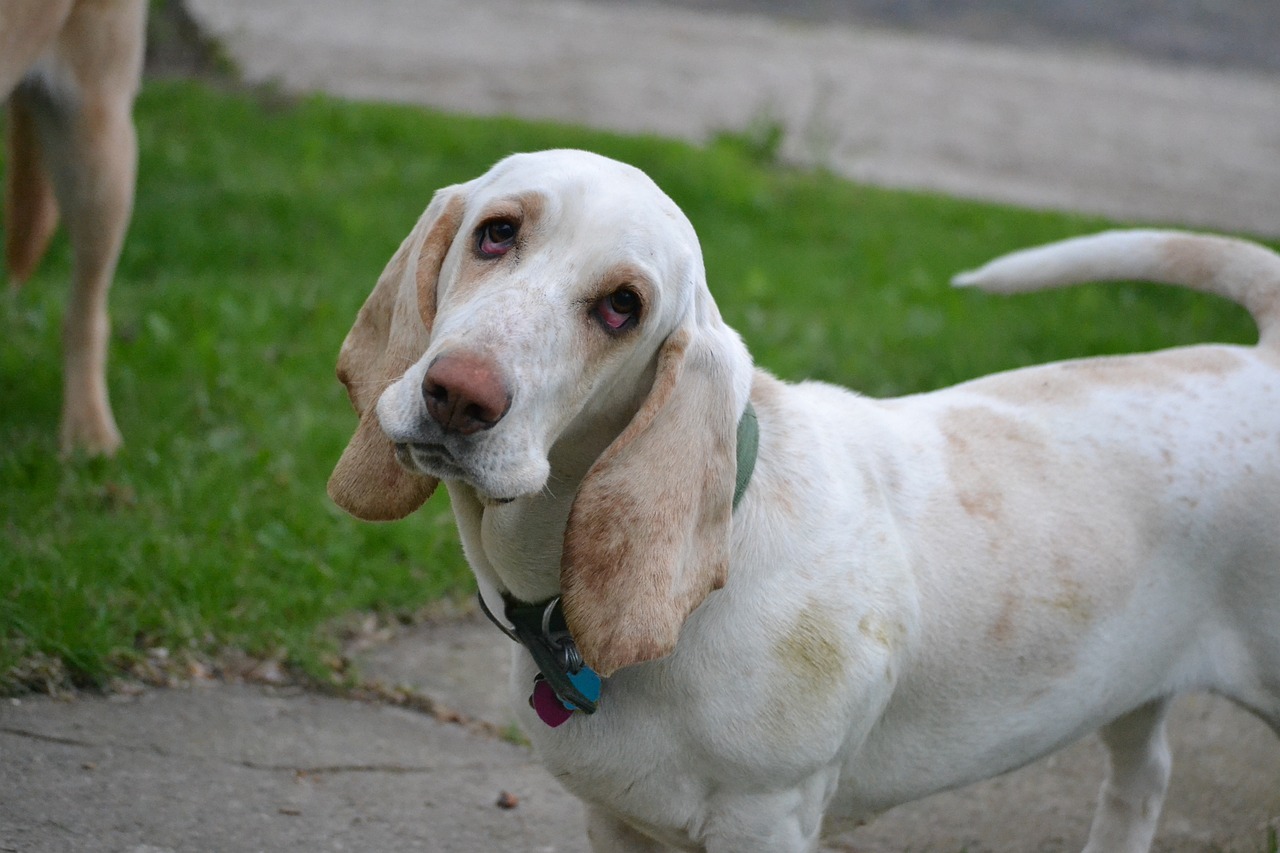 Shutterstock
Shutterstock
The Basset Hound, with its long ears and droopy skin, is notorious for its distinctive smell. The breed’s large skin folds trap dirt and moisture, creating a breeding ground for bacteria and yeast, which can produce a pungent odor. Additionally, their long ears can trap moisture and lead to ear infections, contributing to their overall smelliness. Regular grooming, cleaning of the ears, and attention to skin folds are essential to keep a Basset Hound smelling fresh.
Saint Bernard
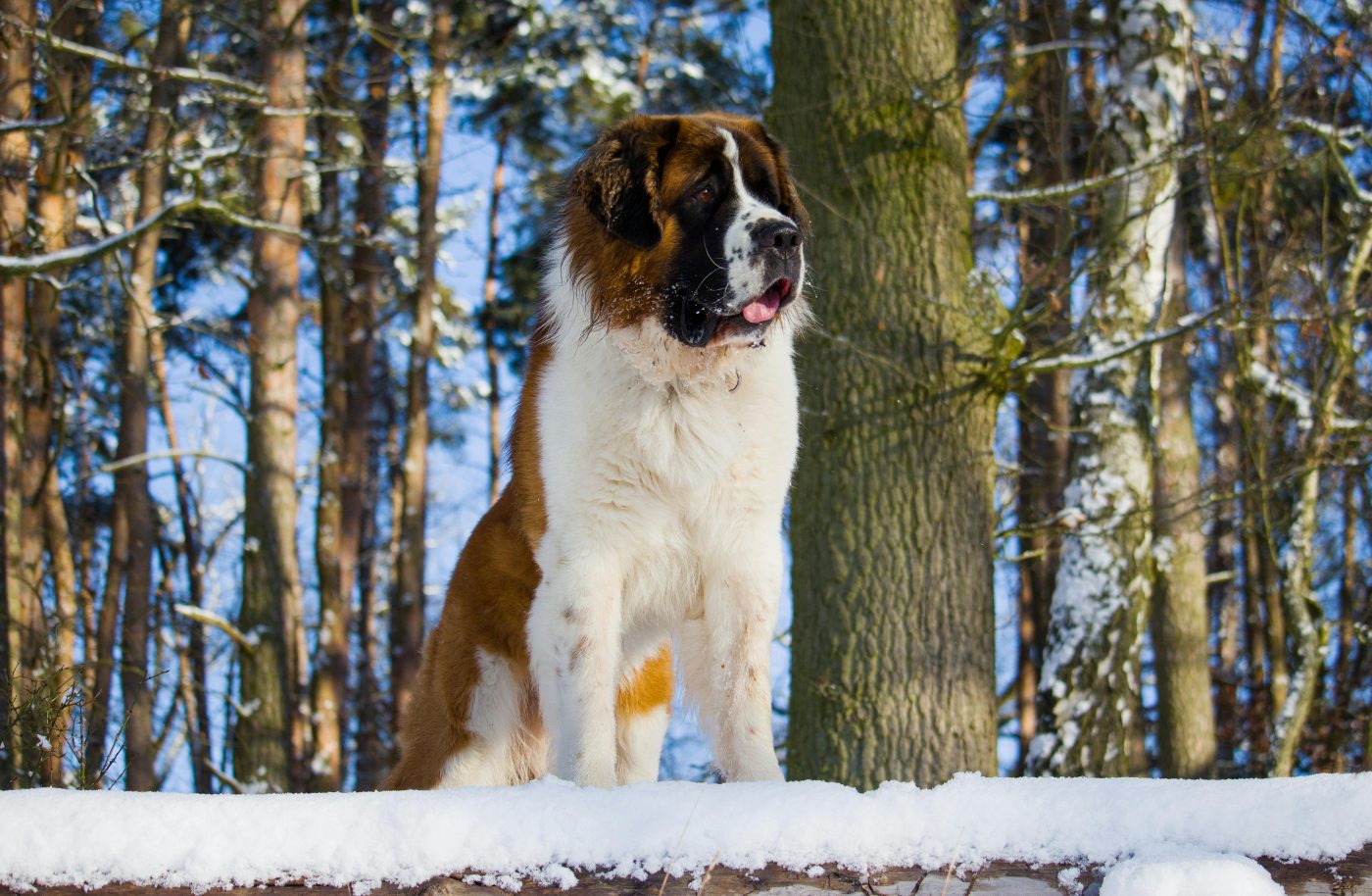 Shutterstock
Shutterstock
Saint Bernards are gentle giants known for their drooling and their distinct odor. Their thick, dense coats can trap dirt and oils, while their propensity for drooling can add to their smelly nature. These dogs require regular baths and grooming to manage their smell, especially since they can be prone to skin infections if not properly cared for. Keeping a Saint Bernard clean and dry is crucial for odor control.
English Bulldog
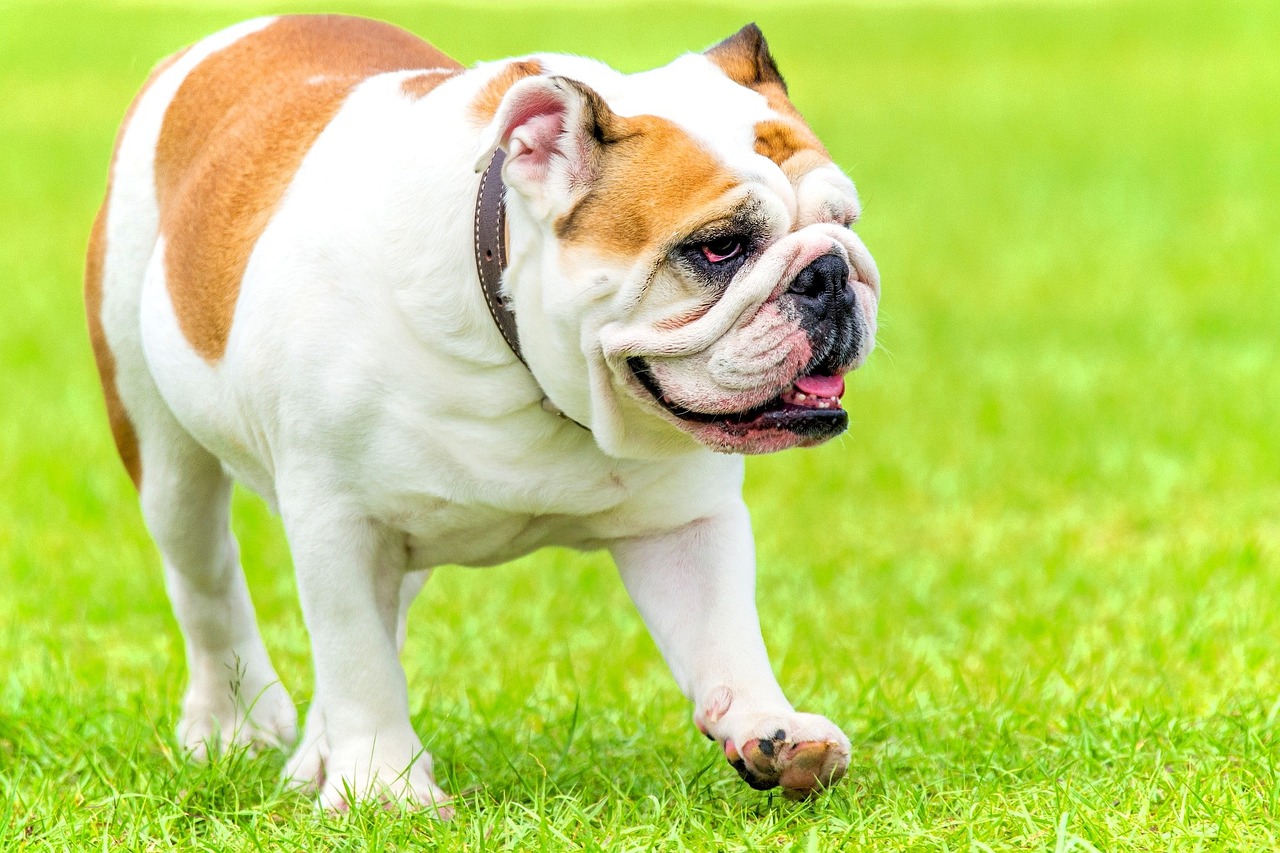 Shutterstock
Shutterstock
English Bulldogs are beloved for their wrinkled faces and stocky builds, but these same features contribute to their smelliness. The folds in their skin can harbor moisture and bacteria, leading to a foul odor if not cleaned regularly. Bulldogs also tend flatulence, adding to their reputation as one of the smelliest breeds. Regular cleaning of their skin folds and a diet that minimizes gas can help manage their odor.
Boxer
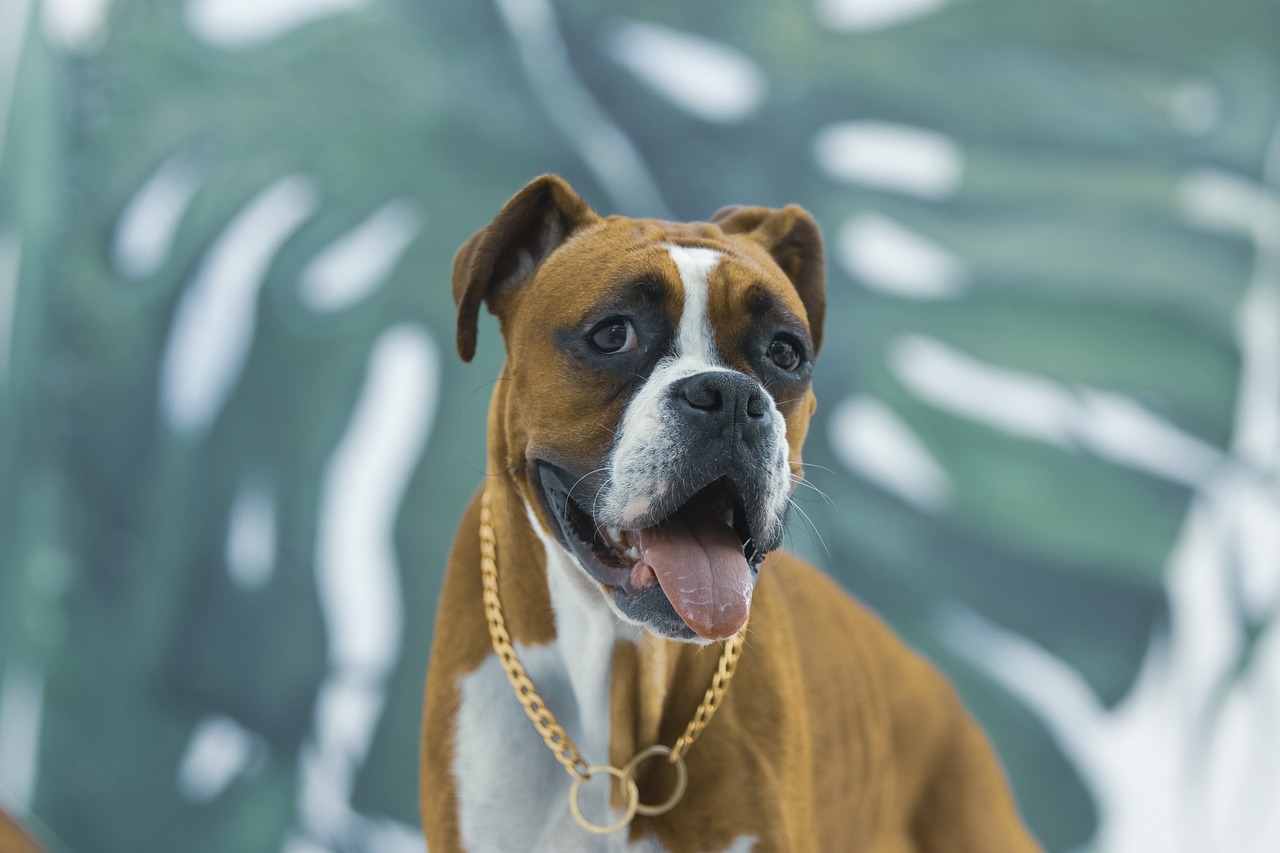 Shutterstock
Shutterstock
Boxers are energetic and playful dogs but can be quite smelly. Their short coats produce natural oils that, while protective, can accumulate and lead to a strong odor. Boxers are also prone to gas and can have sensitive stomachs, contributing to their smelliness. Regular baths, a healthy diet, and good digestion can help reduce odor in Boxers.
Cocker Spaniel
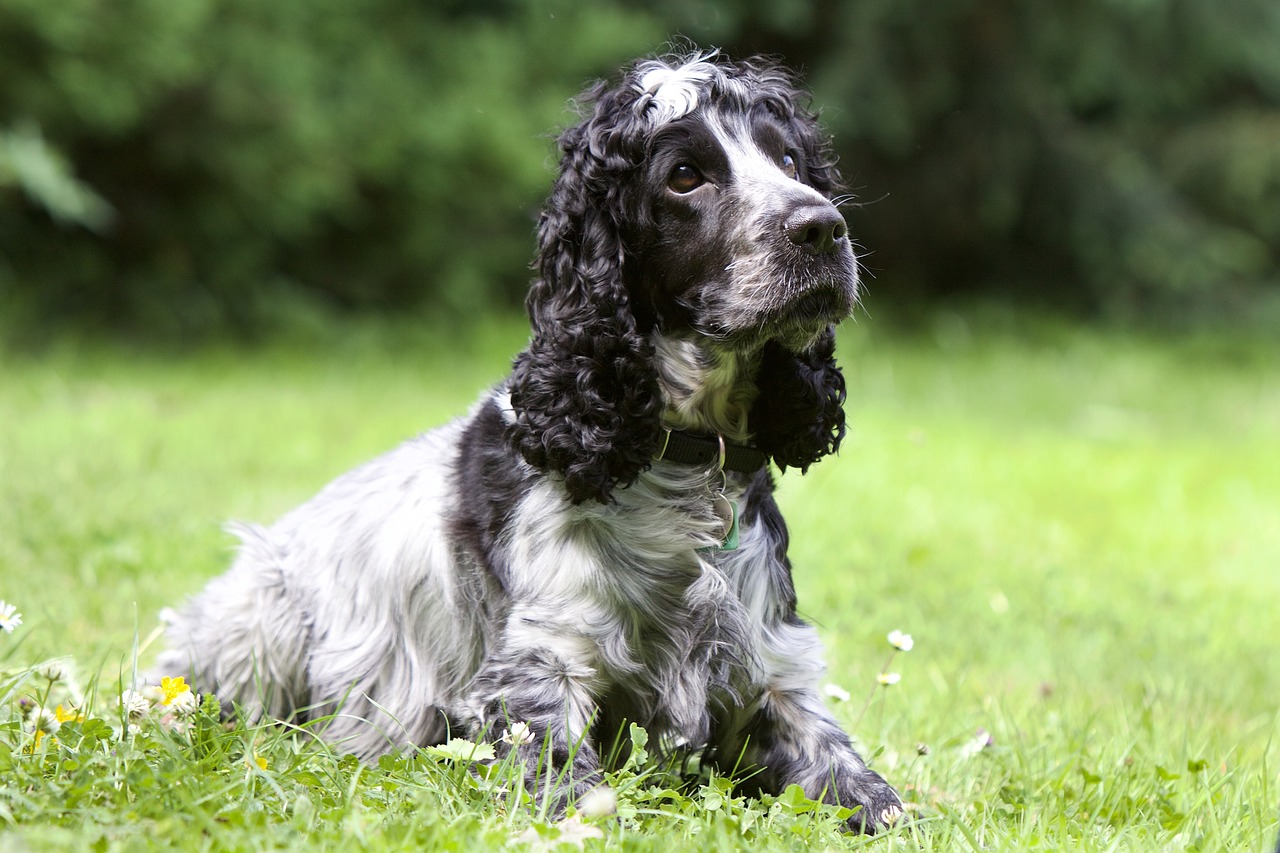 Shutterstock
Shutterstock
Cocker Spaniels are known for their beautiful, flowing coats and susceptibility to ear infections, which can produce a strong, unpleasant smell. Their long ears trap moisture and debris, creating an ideal environment for growing bacteria and yeast. Regular ear cleaning and grooming are essential to prevent infections and keep Cocker Spaniels smelling sweet.
Shar Pei
 Shutterstock
Shutterstock
Shar Peis are distinguished by their deep wrinkles and folds, which can trap dirt and moisture, leading to a distinctive odor. They are also prone to skin conditions that can exacerbate their smelliness. Regular bathing and careful drying, particularly within their folds, are crucial to keeping a Shar Pei clean and reducing odor.
Bloodhound
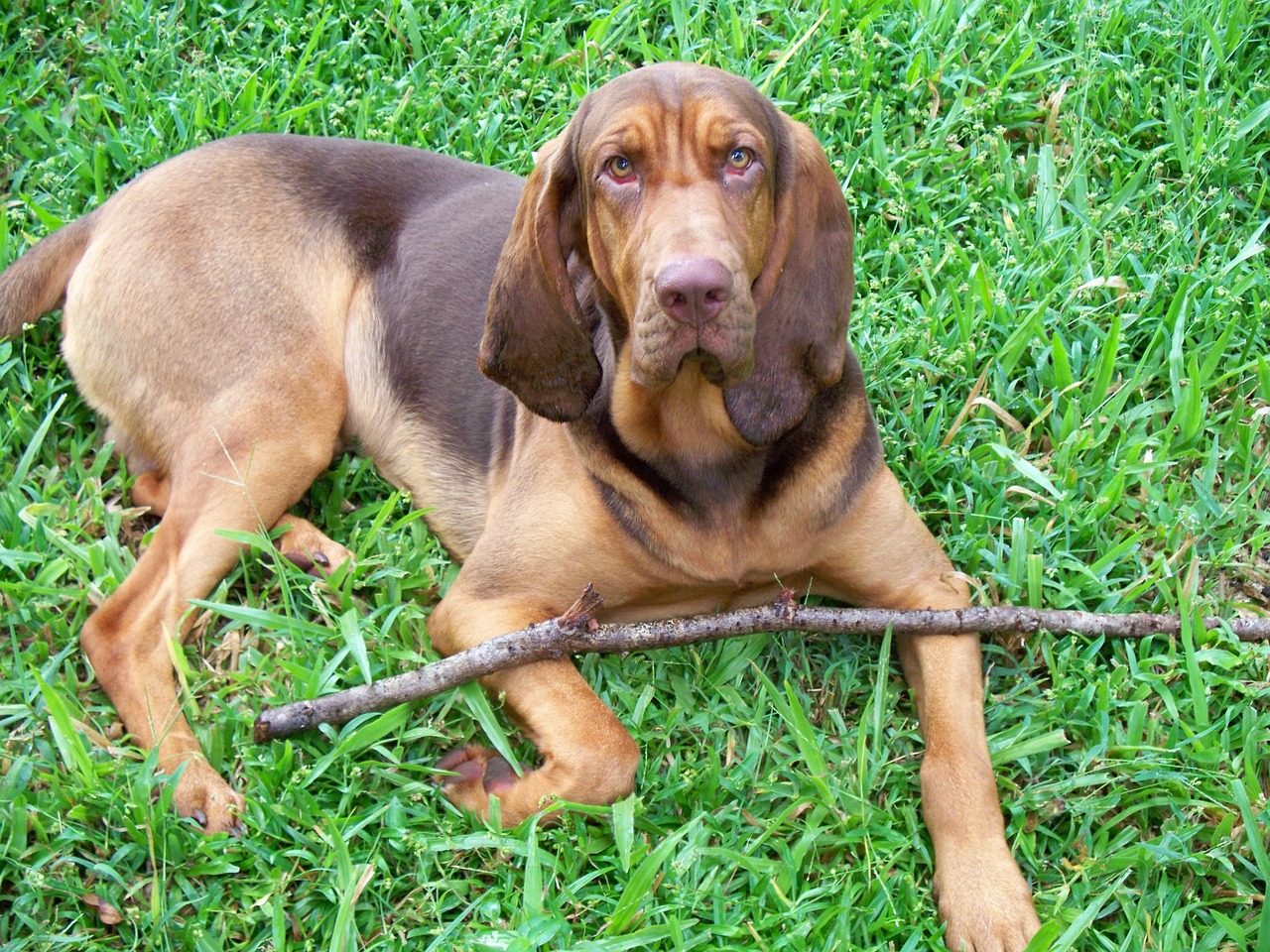 Shutterstock
Shutterstock
Bloodhounds are famous for their incredible sense of smell, but they are also known for their distinctive odor. Their large skin folds and oily coat can trap dirt and odors, requiring regular grooming and bathing to keep them smelling fresh. Additionally, their long ears can contribute to ear infections and odors if not cleaned regularly.
Labrador Retriever
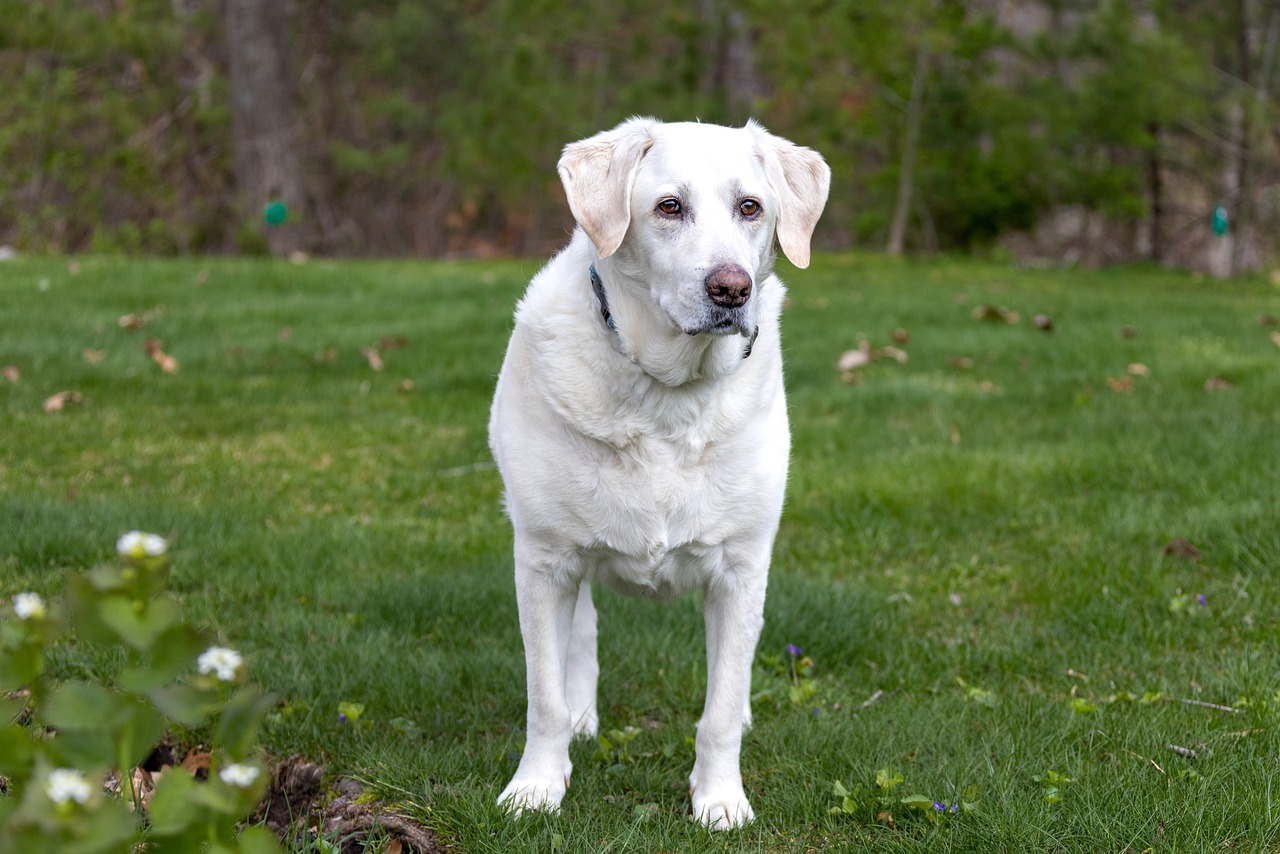 Shutterstock
Shutterstock
Labrador Retrievers are one of the most popular dog breeds, known for their friendly nature and love of water. However, their water-loving habits can contribute to a wet-dog smell, particularly if they are not dried properly after swimming or bathing. Their thick undercoat can also trap odors, requiring regular grooming to reduce smelliness.
Beagle
 Shutterstock
Shutterstock
Beagles are small hounds with a big smell. Their propensity to get into smelly situations, coupled with their hound’s natural oils, can produce a distinctive odor. Regular baths and grooming can help manage a Beagle’s smell, ensuring they remain a pleasant companion on the trail and at home.
Pug
 Shutterstock
Shutterstock
Pugs are adorable and loving, but their flat faces and skin folds can make them prone to smelliness. Moisture and bacteria can accumulate in their wrinkles, leading to odors if not cleaned regularly. Pugs also tend towards obesity, which can exacerbate their propensity for flatulence, adding to their smelliness. Regular grooming and a healthy diet can help manage a Pug’s odor.
Newfoundland
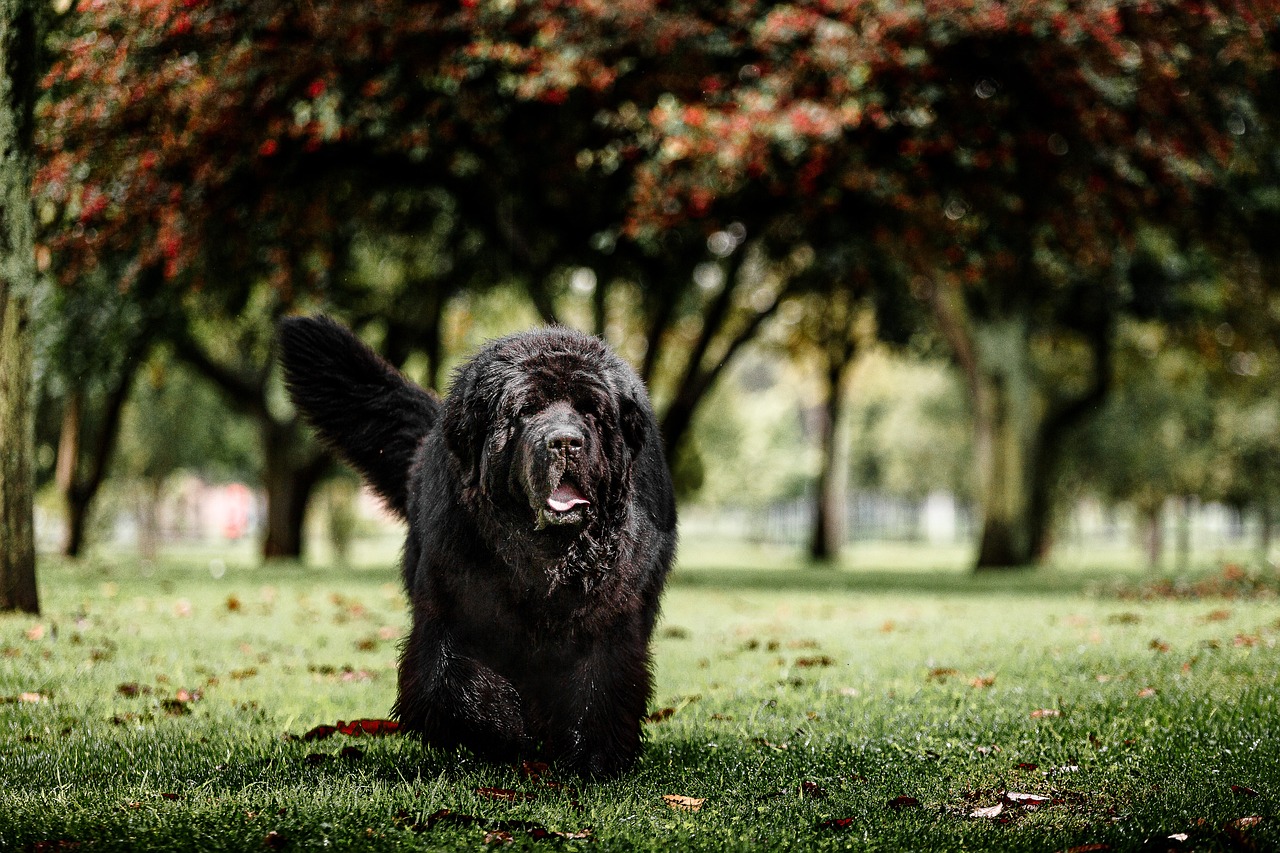 Shutterstock
Shutterstock
Newfoundlands are large, water-loving dogs with thick, dense coats that can trap odors. Their love of water can lead to a frequent wet dog smell if they are not dried properly. Additionally, their size and coat can make them prone to drooling and skin infections, contributing to their overall smelliness. Regular grooming and care are essential to keep a Newfoundland smelling as sweet as their temperament.
French Bulldog
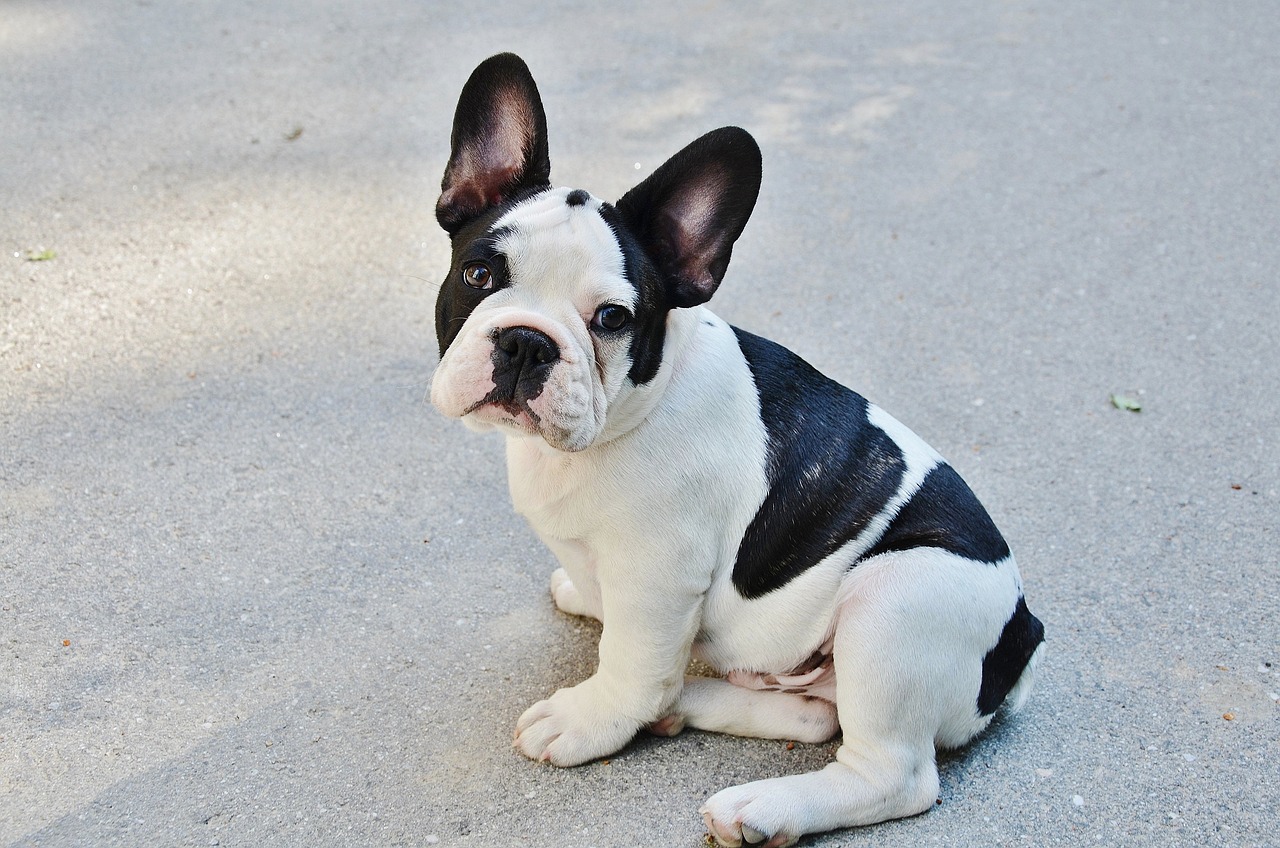 Shutterstock
Shutterstock
With their charming personalities and wrinkled faces, French Bulldogs can also be quite smelly. Their skin folds require regular cleaning to prevent odor-causing bacteria and yeast from accumulating. Like their English Bulldog cousins, Frenchies can also suffer from flatulence, adding to their smells. Proper diet and regular grooming can help minimize odor in French Bulldogs.
Dachshund
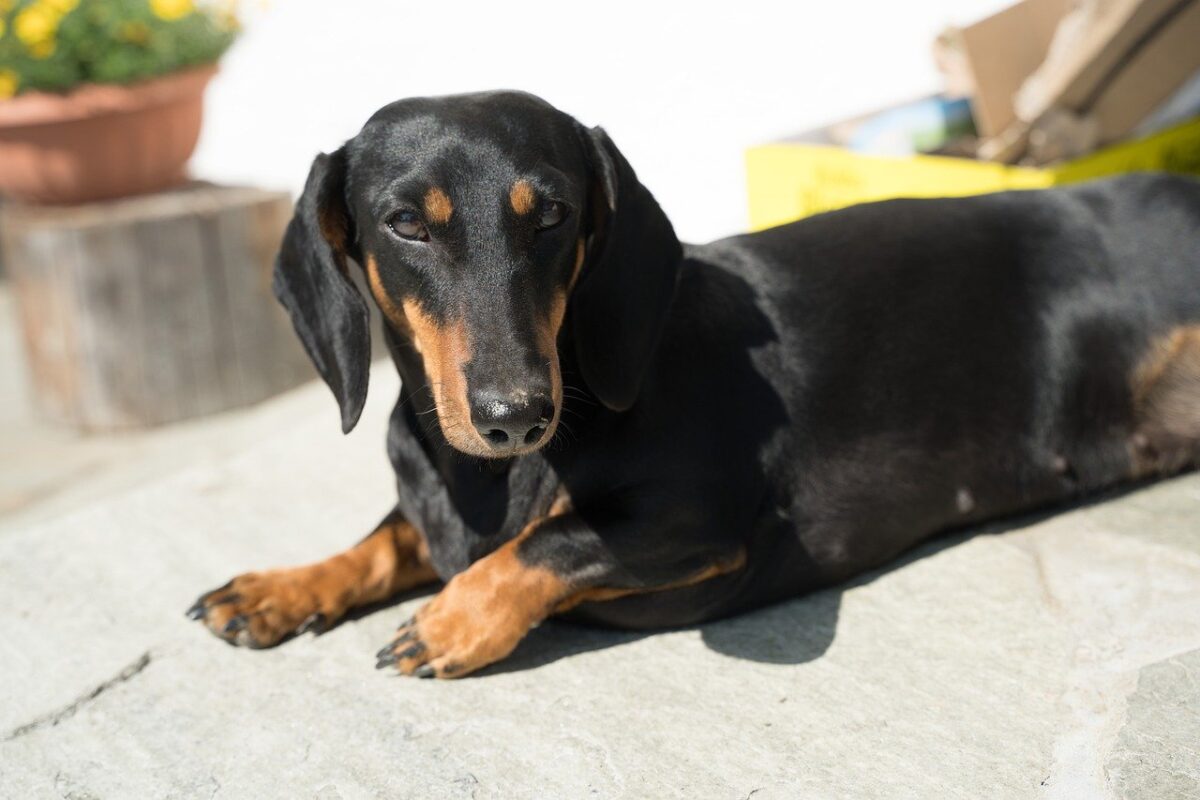 Shutterstock
Shutterstock
Dachshunds, with their long, low bodies and short legs, are notorious for being close to the ground, which can contribute to a strong doggy odor. Their skin folds, particularly in the long-haired variety, can trap dirt and bacteria, leading to a smell if not regularly cleaned. Additionally, Dachshunds are prone to seborrhea, a skin condition that causes the skin to produce excess oils, which can lead to an unpleasant odor. Regular grooming, including frequent baths and keeping their skin folds clean, is essential to keeping a Dachshund smelling fresh.
Yorkshire Terrier
 Shutterstock
Shutterstock
Yorkshire Terriers may be small, but they can carry a surprisingly strong odor if not groomed properly. Their long, silky hair tends to attract dirt and debris, and they are prone to dental issues, which can lead to bad breath. Additionally, Yorkies are susceptible to skin conditions such as allergies and seborrhea, which can cause their skin to become oily and smelly. Regular grooming, including brushing, bathing, and dental care, is important to prevent unpleasant odors in this small breed.
Great Pyrenees
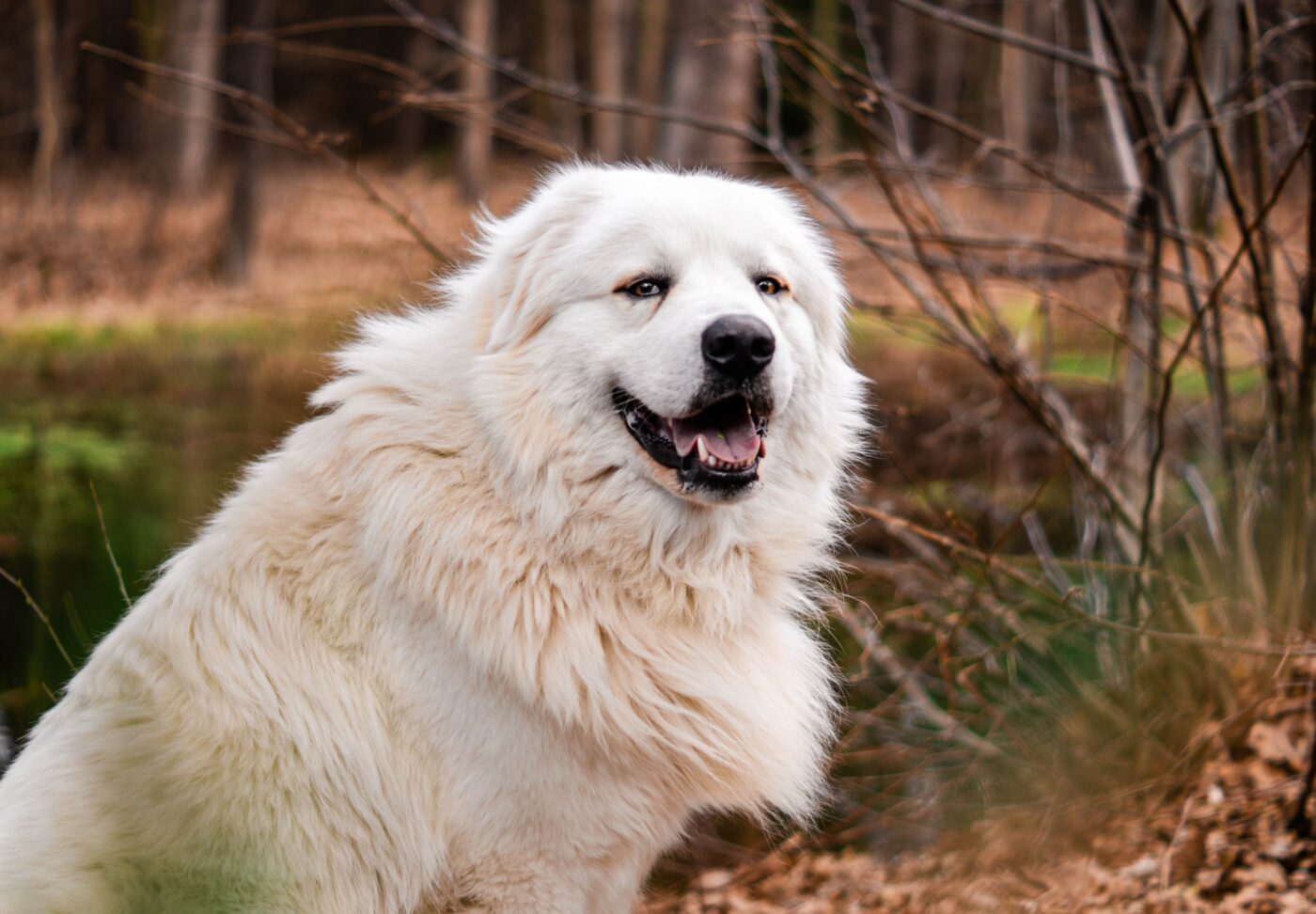 Shutterstock
Shutterstock
The Great Pyrenees, with its thick double coat, is prone to developing a strong odor, especially if they spend a lot of time outdoors. Their coat tends to trap dirt, moisture, and oils, which can lead to a musky smell if not properly groomed. Additionally, this breed is prone to skin infections and allergies, which can contribute to a stronger odor if their skin is not kept clean and healthy. Regular brushing and bathing, as well as keeping an eye on their skin health, are key to preventing odor issues in the Great Pyrenees.
Afghan Hound
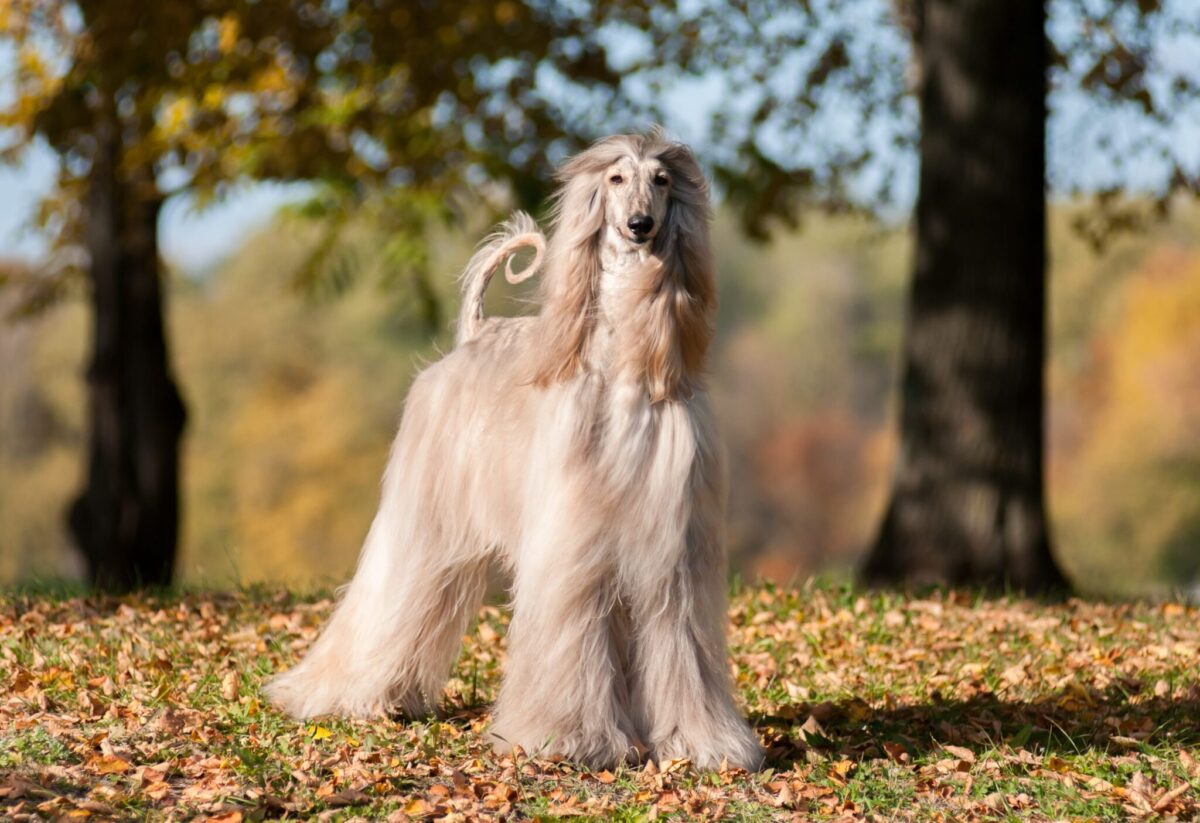 Shutterstock
Shutterstock
Afghan Hounds are known for their long, flowing coats, which require extensive grooming to stay clean and odor-free. Their hair tends to collect dirt and oils, and if not bathed regularly, they can develop a strong smell. Afghan Hounds are also prone to ear infections, which can contribute to an unpleasant odor if not treated promptly. Regular grooming, including bathing and ear cleaning, is essential for this breed to keep them smelling fresh and prevent the buildup of oils and bacteria in their coat.
Brussels Griffon
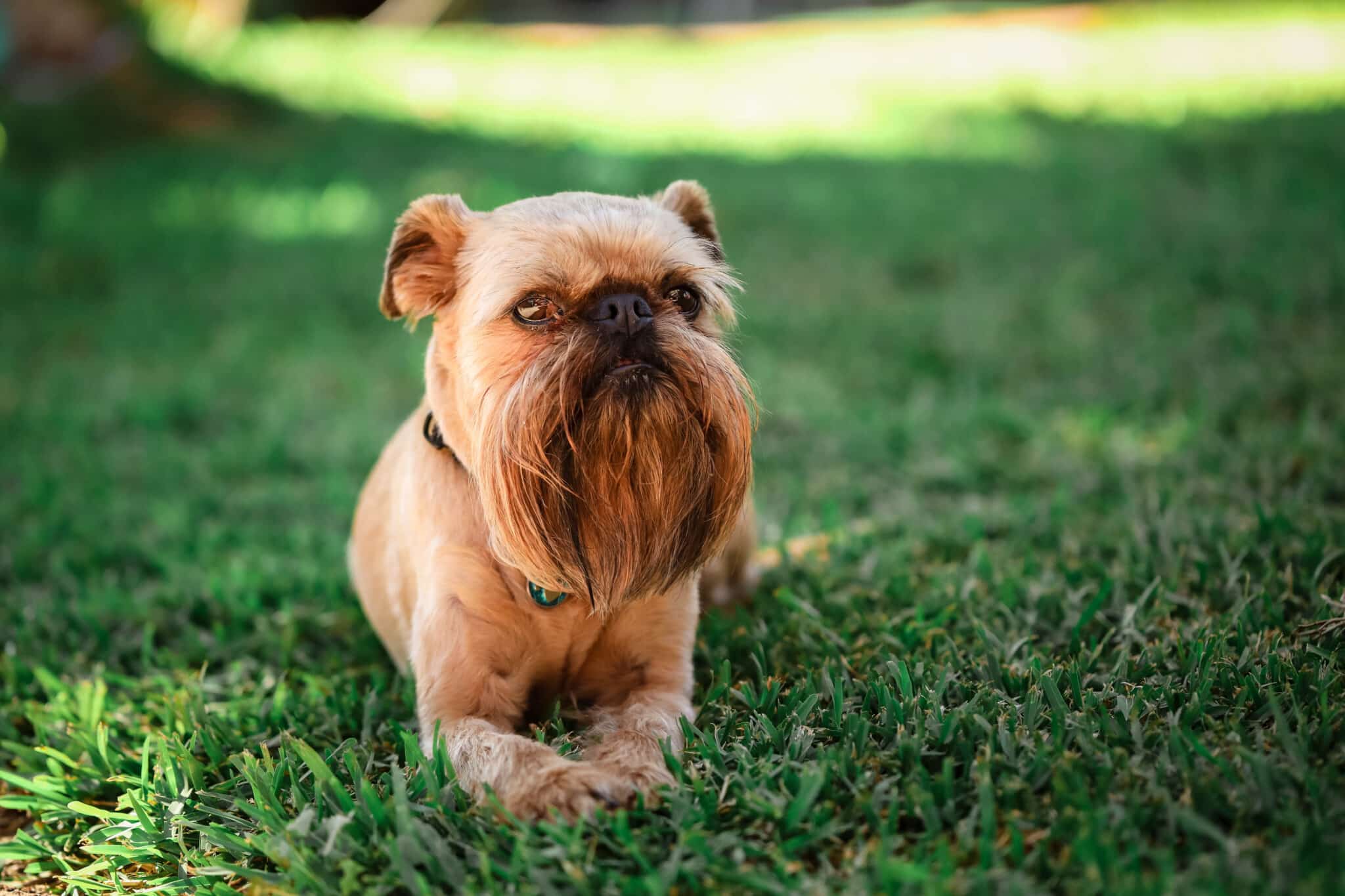 Shutterstock
Shutterstock
The Brussels Griffon, with its wiry coat and characteristic facial features, is prone to odor issues, particularly around the face. Their short, flat muzzle can cause skin folds to trap moisture and bacteria, leading to a strong smell if not cleaned regularly. Additionally, their coat can become oily and attract dirt, contributing to a musky odor. Regular grooming, including brushing, bathing, and cleaning their facial folds, is important to keep this breed smelling fresh and prevent odor buildup.
Mastiff
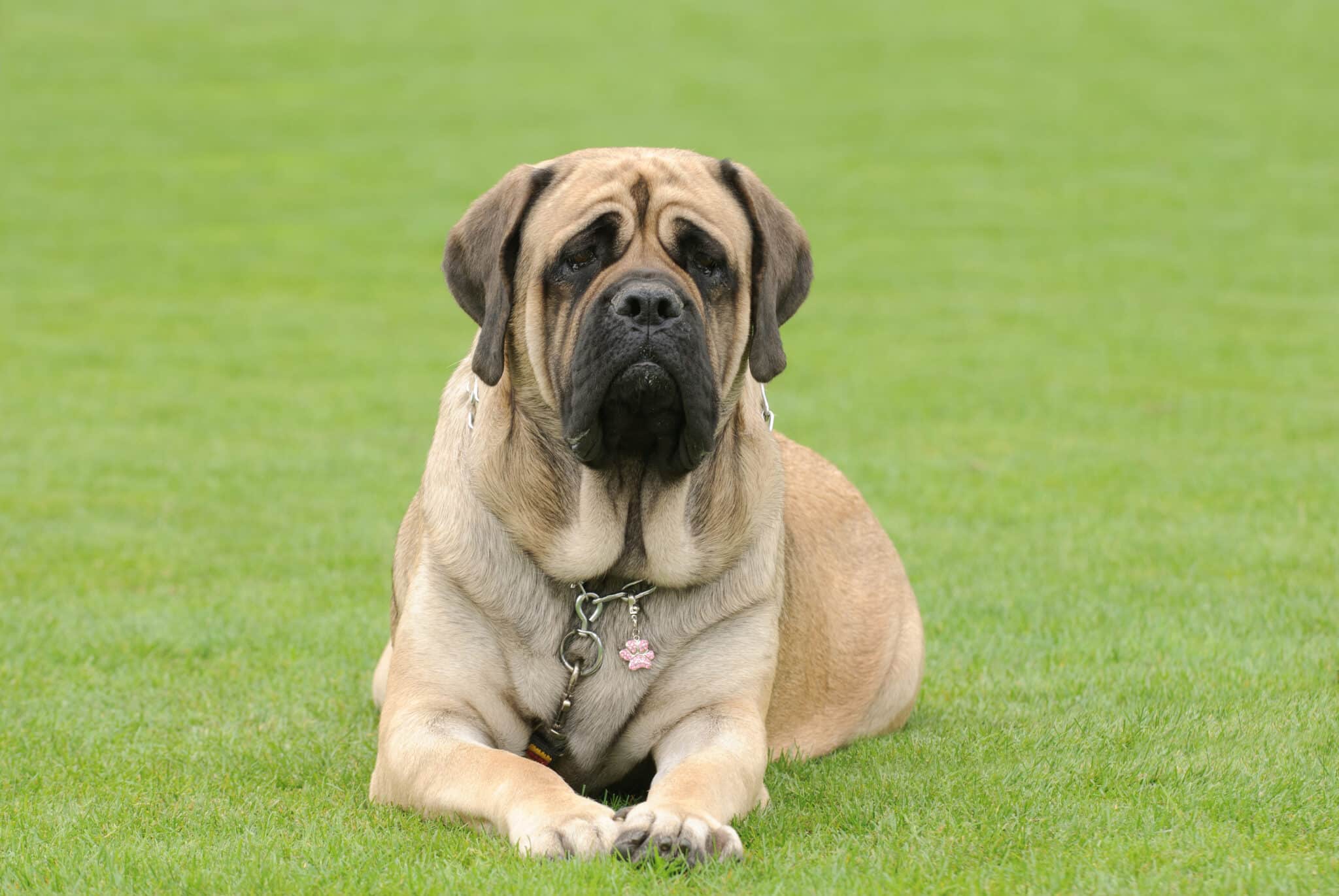 Shutterstock
Shutterstock
Mastiffs are large dogs with loose skin and droopy jowls, both of which can contribute to a strong odor if not properly groomed. The skin folds around their face can trap moisture and bacteria, leading to an unpleasant smell. Additionally, Mastiffs are prone to drooling, which can cause their face and chest to become damp, further contributing to odor issues. Regular cleaning of their skin folds and face, as well as frequent bathing, is essential to keep a Mastiff smelling clean and healthy.
American Pit Bull Terrier
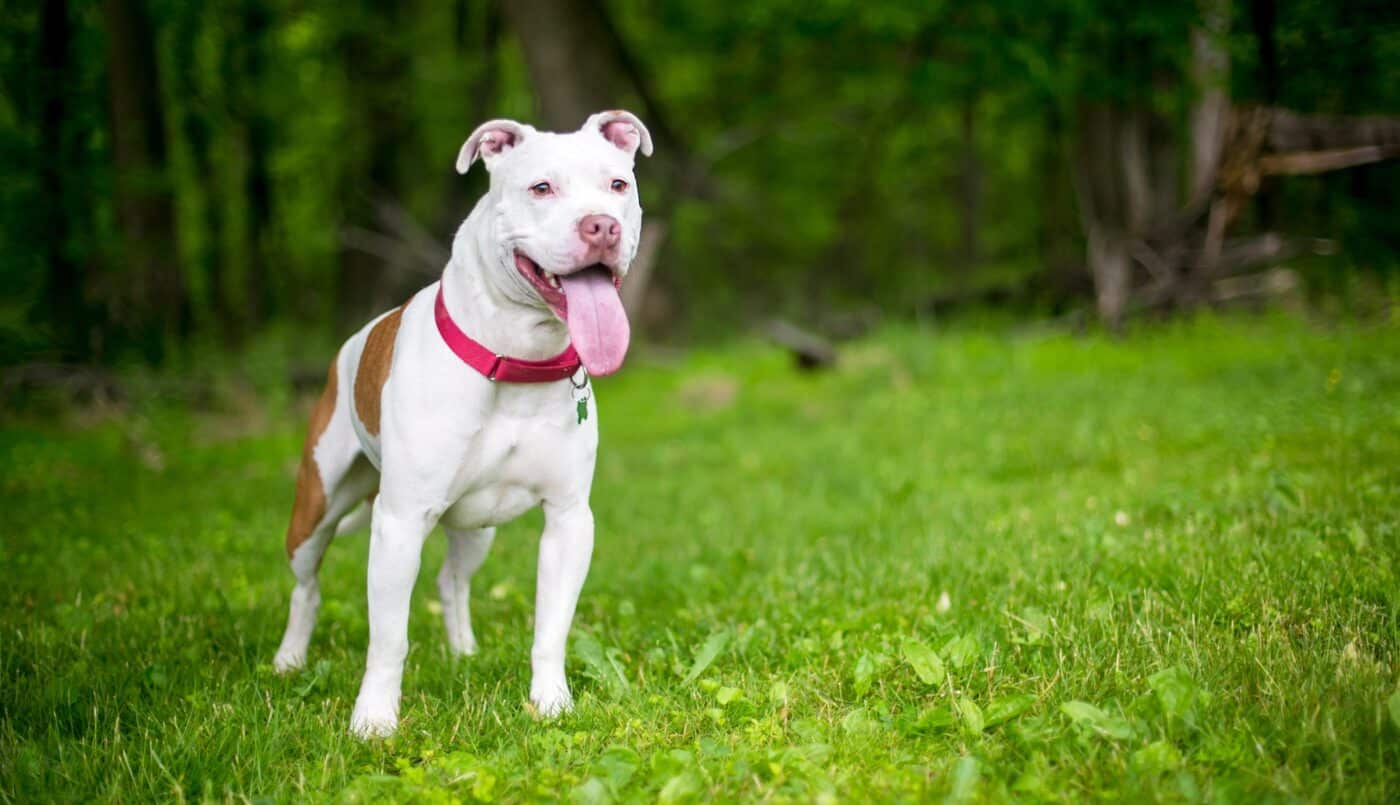 Shutterstock
Shutterstock
While the American Pit Bull Terrier may not be the first breed that comes to mind when thinking about smelly dogs, they are prone to certain skin conditions that can lead to a strong odor. Pit Bulls are known to suffer from allergies and seborrhea, both of which can cause their skin to produce excess oils and become smelly if not managed properly. Regular grooming, including baths with medicated shampoos and monitoring their skin health, is important to keep this breed smelling fresh and free from odor-causing skin issues.
Shih Tzu
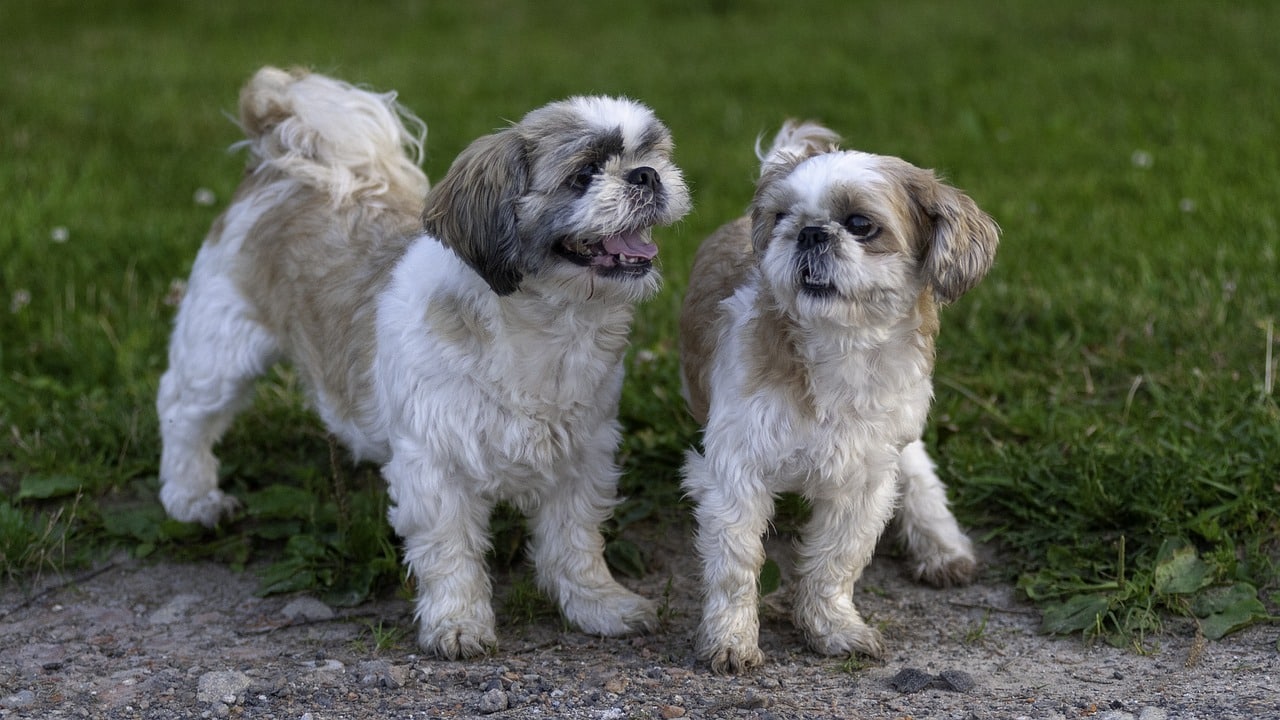 Shutterstock
Shutterstock
Shih Tzus are small dogs with long, flowing coats that can easily trap dirt and oils, leading to a strong odor if not properly groomed. Their facial folds also require regular cleaning to prevent the buildup of moisture and bacteria, which can cause a bad smell. Additionally, Shih Tzus are prone to ear infections, which can contribute to an unpleasant odor if not treated promptly. Regular brushing, bathing, and ear cleaning are essential for keeping a Shih Tzu smelling fresh and free from odor.
Bichon Frise
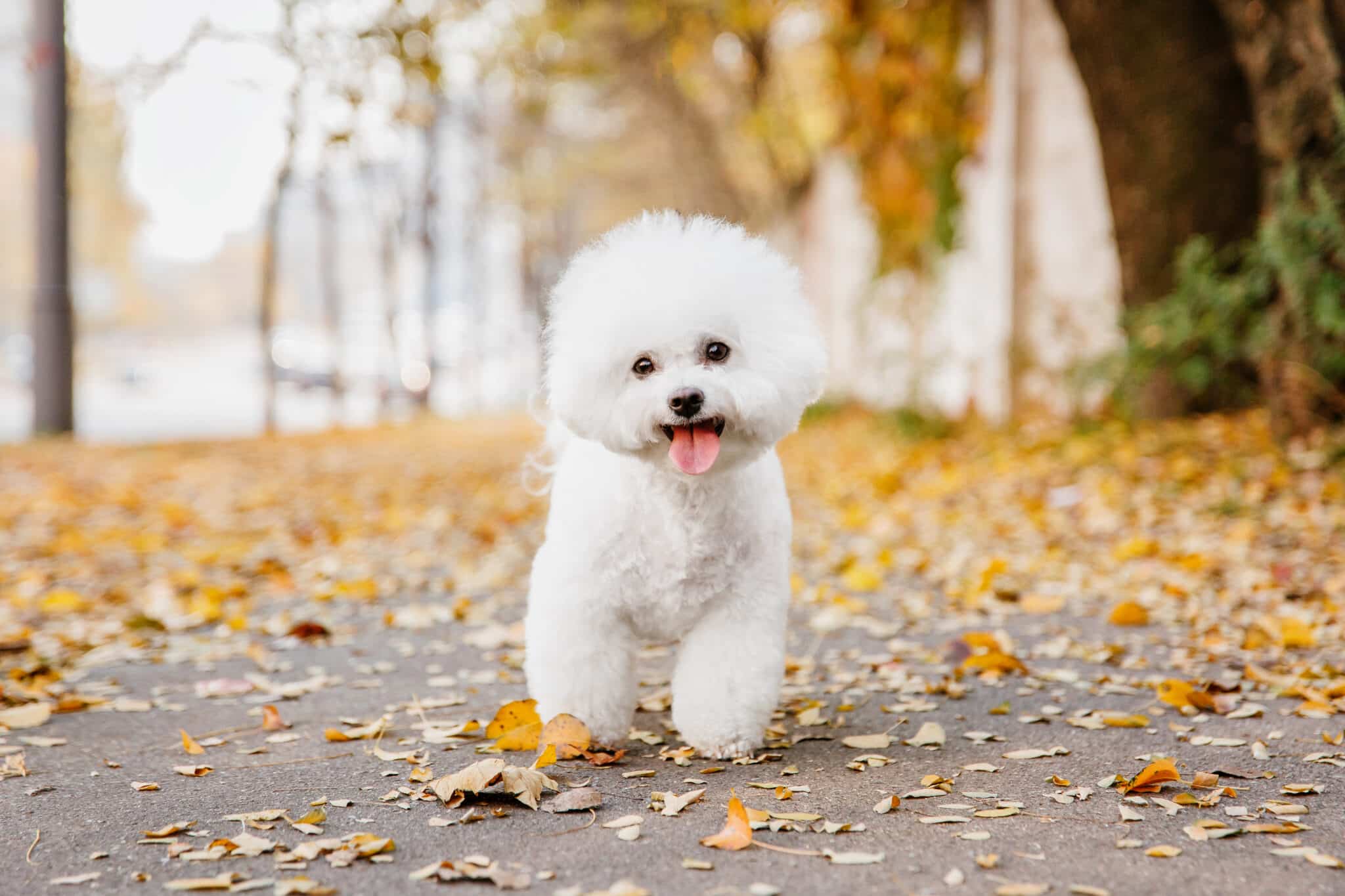 Shutterstock
Shutterstock
The Bichon Frise may look like a fluffy, clean dog, but their curly coat can trap dirt, oils, and moisture, leading to a musty smell if not properly maintained. This breed is also prone to allergies and skin conditions that can cause their skin to become oily and smelly. Regular grooming, including frequent brushing, bathing, and trimming, is important to prevent odor buildup in a Bichon Frise. Their ears should also be checked regularly for signs of infection, as this can contribute to a bad smell.
Komondor
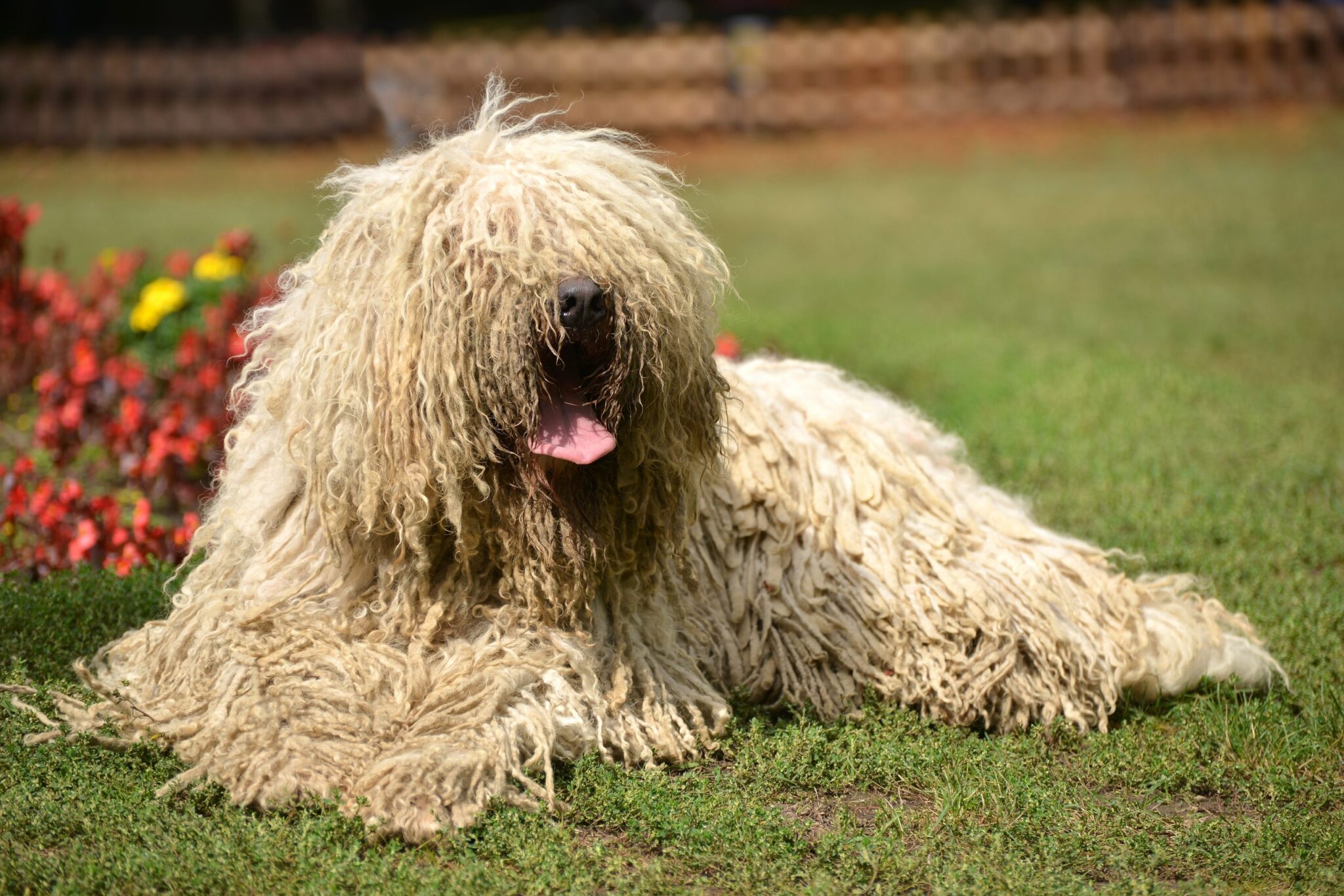 Shutterstock
Shutterstock
The Komondor, with its distinctive corded coat, is highly prone to odor issues if not properly groomed. Their long, dense cords can trap dirt, moisture, and oils, leading to a strong, musty smell if not regularly cleaned and dried. Komondors require extensive grooming to keep their coat clean, and special care must be taken to ensure their cords are fully dried after bathing, as dampness can contribute to a bad odor. Regular grooming and attention to their coat health are crucial to keeping a Komondor smelling fresh.
Scottish Terrier
 Shutterstock
Shutterstock
Scottish Terriers, with their wiry coats and characteristic facial hair, can develop a strong odor if not properly groomed. Their coat tends to trap dirt and oils, and their facial hair can collect food particles and moisture, leading to a bad smell if not cleaned regularly. Additionally, Scotties are prone to skin issues, which can contribute to an unpleasant odor if not managed properly. Regular grooming, including brushing, bathing, and cleaning their facial hair, is essential to prevent odor buildup in a Scottish Terrier.
Chihuahua
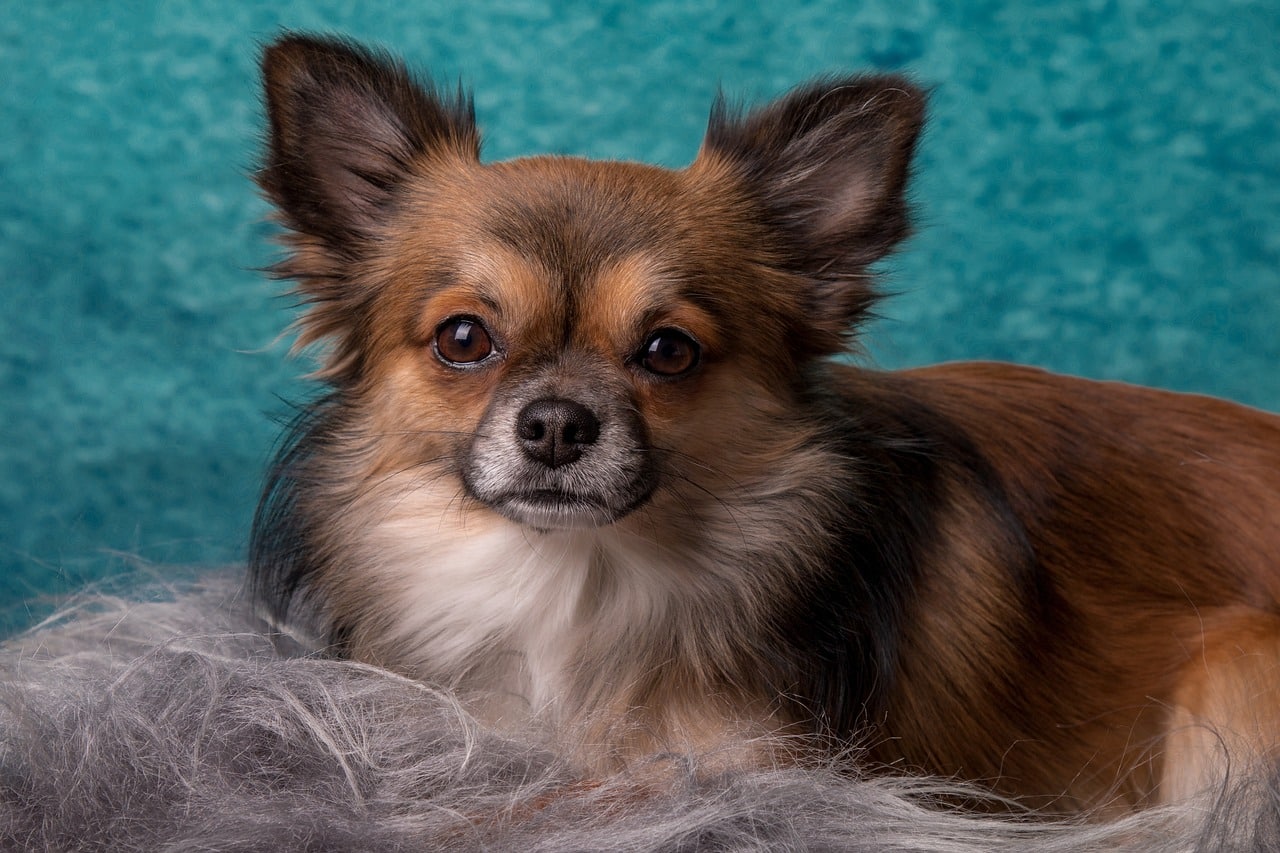 Shutterstock
Shutterstock
Chihuahuas may be small, but they’re prone to some specific odors due to their skin folds, especially in longer-coated varieties. Their delicate skin can easily develop oils that accumulate and create a noticeable smell if not properly groomed. Regular bathing, gentle ear cleaning, and dental care are essential to keep them smelling fresh. Chihuahuas are also prone to dental issues, which can contribute to bad breath if oral hygiene isn’t maintained. With a bit of extra attention, the Chihuahua’s natural charm shines through, but they do require consistent grooming to avoid becoming a bit pungent.
Foxhound
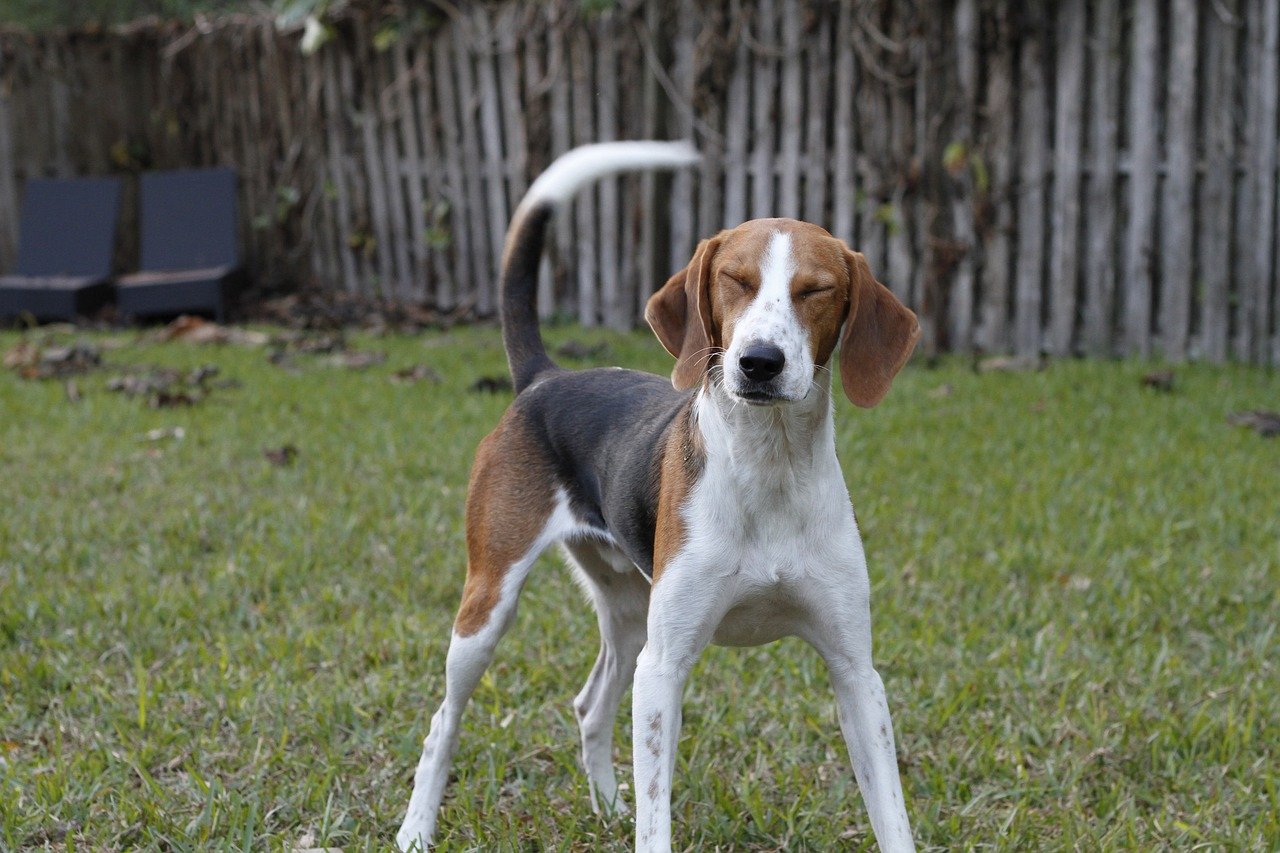 Shutterstock
Shutterstock
Foxhounds are energetic hunting dogs with thick coats that can trap natural oils, leading to a distinct “doggy” odour. Their active nature often has them running through fields, woods, and all kinds of terrain, which adds to their smell as dirt and moisture accumulate in their fur. Their ears also need regular cleaning, as they’re prone to wax buildup, which can contribute to odor. Frequent grooming and baths are essential for Foxhounds to manage their natural scent. Still, their loyalty and enthusiasm for adventure make them well worth the effort for those who love an active, outdoorsy companion.
Havanese
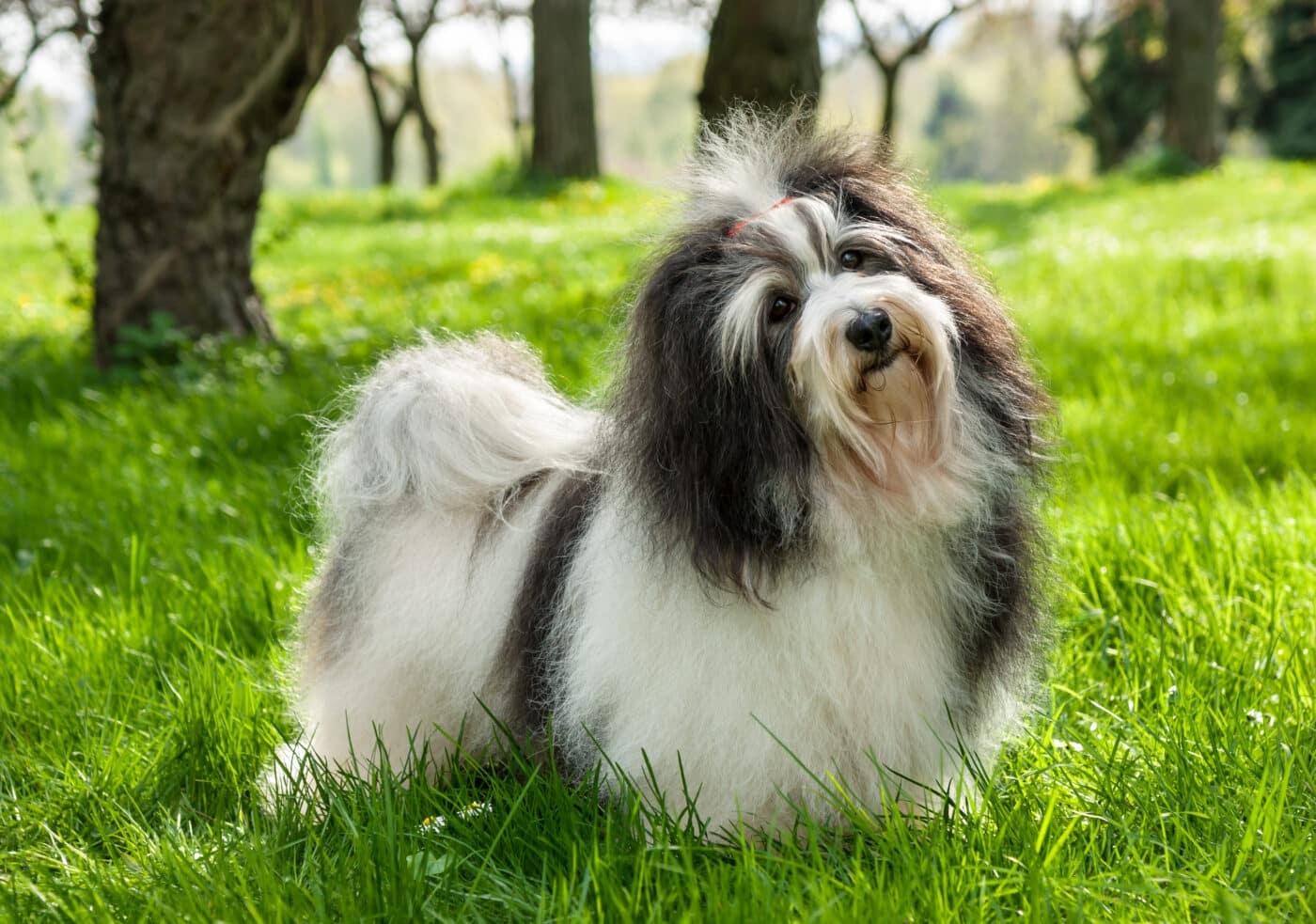 Shutterstock
Shutterstock
The Havanese is a small, adorable breed with a long, thick coat that’s prone to matting and retaining odors. Their coat requires regular grooming to prevent tangles and reduce the buildup of oils, dirt, and moisture that contribute to an unpleasant smell. The Havanese also need consistent dental care to avoid bad breath. Regular baths, brushing, and ear cleaning help keep this breed smelling fresh, but if neglected, they can develop a noticeable odor. Their affectionate, playful nature makes them a delightful pet, but they do require a dedicated grooming routine to stay clean and fresh.
Springer Spaniel
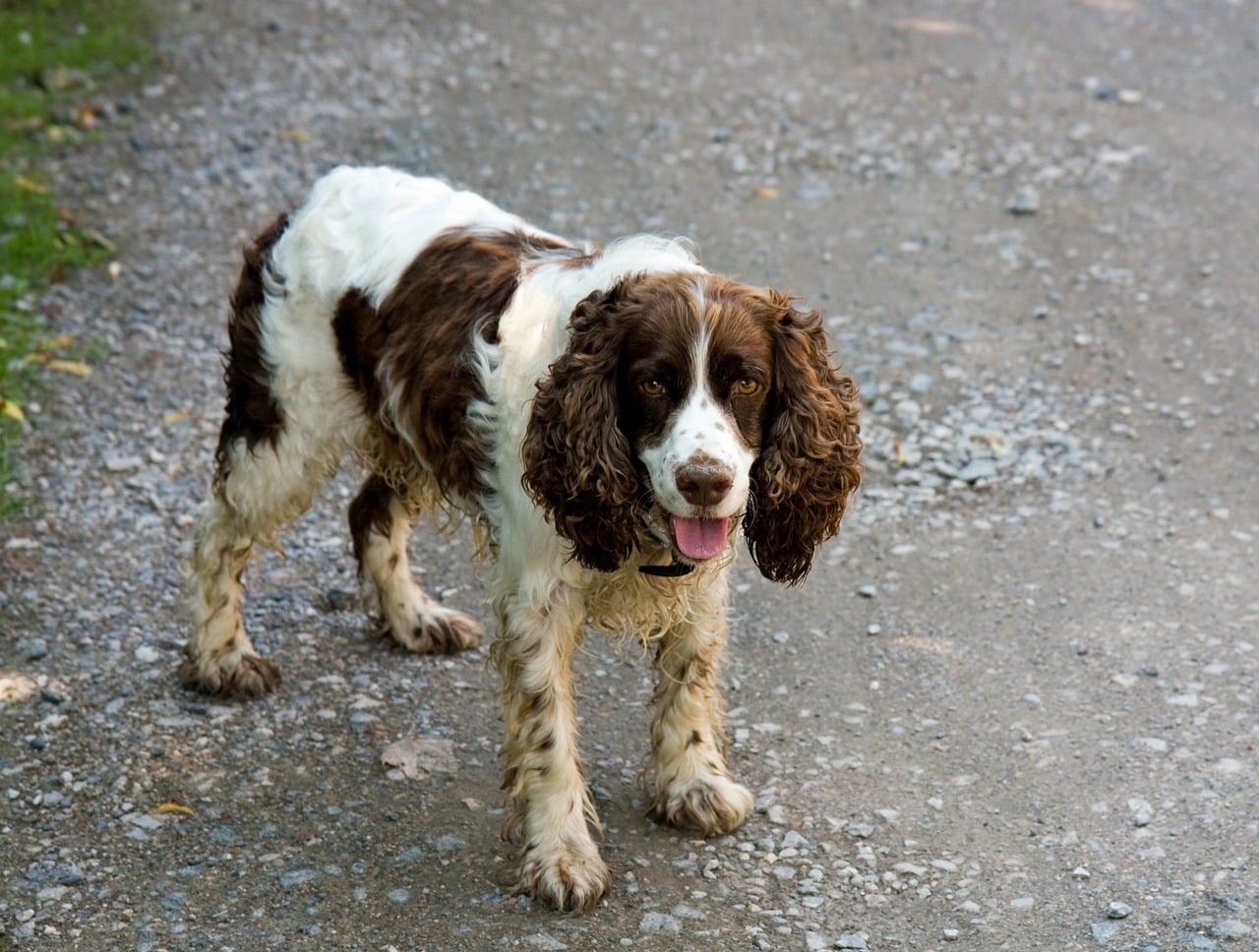 Shutterstock
Shutterstock
Springer Spaniels are known for their love of water, and their thick, double coat is prone to holding onto moisture, which can lead to a “wet dog” smell. They also have naturally oily skin that helps protect them in the water, but this oil can build up and create a strong scent over time. Their long ears can trap moisture and develop wax, leading to additional odors if not regularly cleaned. With frequent baths, brushing, and ear care, Springer Spaniels can be kept fresh-smelling, making them wonderful companions for those willing to commit to regular grooming.
Dandie Dinmont Terrier
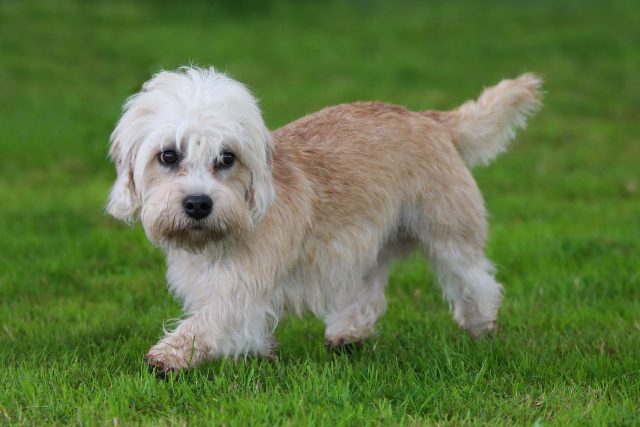 Shutterstock
Shutterstock
The Dandie Dinmont Terrier is a small, sturdy breed with a unique coat that can trap oils and odors if not properly maintained. With their love for adventure and digging, these terriers tend to pick up dirt and scents from their environment, which adds to their natural doggy odor. Their coat requires regular grooming to avoid matting and buildup, and routine baths help keep their smell under control. Known for their loyalty and affectionate nature, Dandie Dinmonts make great companions but need a consistent grooming regimen to keep them fresh.
Otterhound
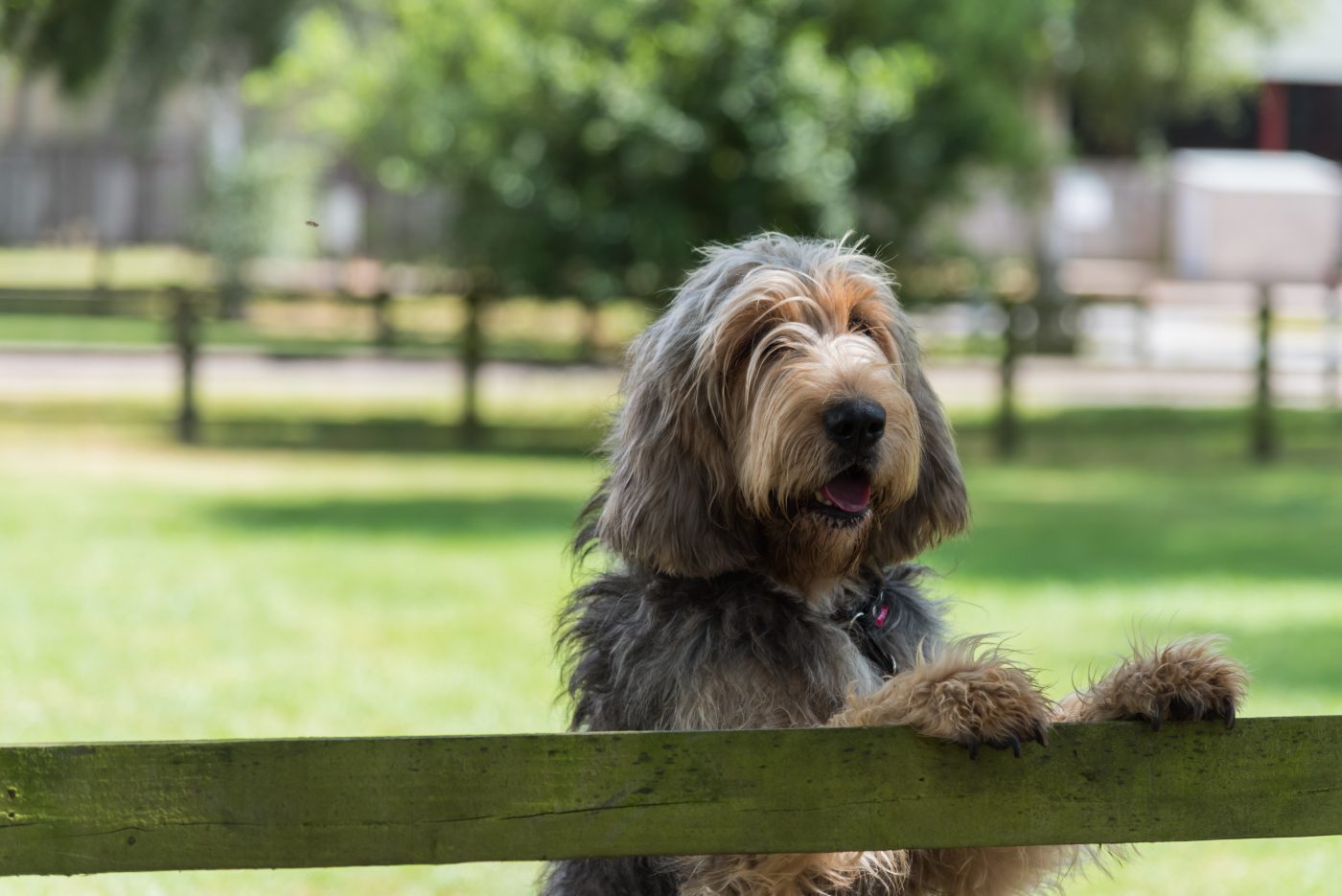 Shutterstock
Shutterstock
As the name suggests, Otterhounds were bred to hunt otters and are natural water lovers, which makes them prone to that characteristic “wet dog” smell. Their dense, shaggy coat holds onto moisture, and their naturally oily skin can produce a strong odor if not managed with regular grooming. Otterhounds need consistent baths and thorough drying to keep them from developing a persistent smell. Their floppy ears also need regular cleaning to prevent odor-causing infections. With proper care, Otterhounds are loving, playful companions who bring joy to any household, albeit with a bit of a signature scent.
Chesapeake Bay Retriever
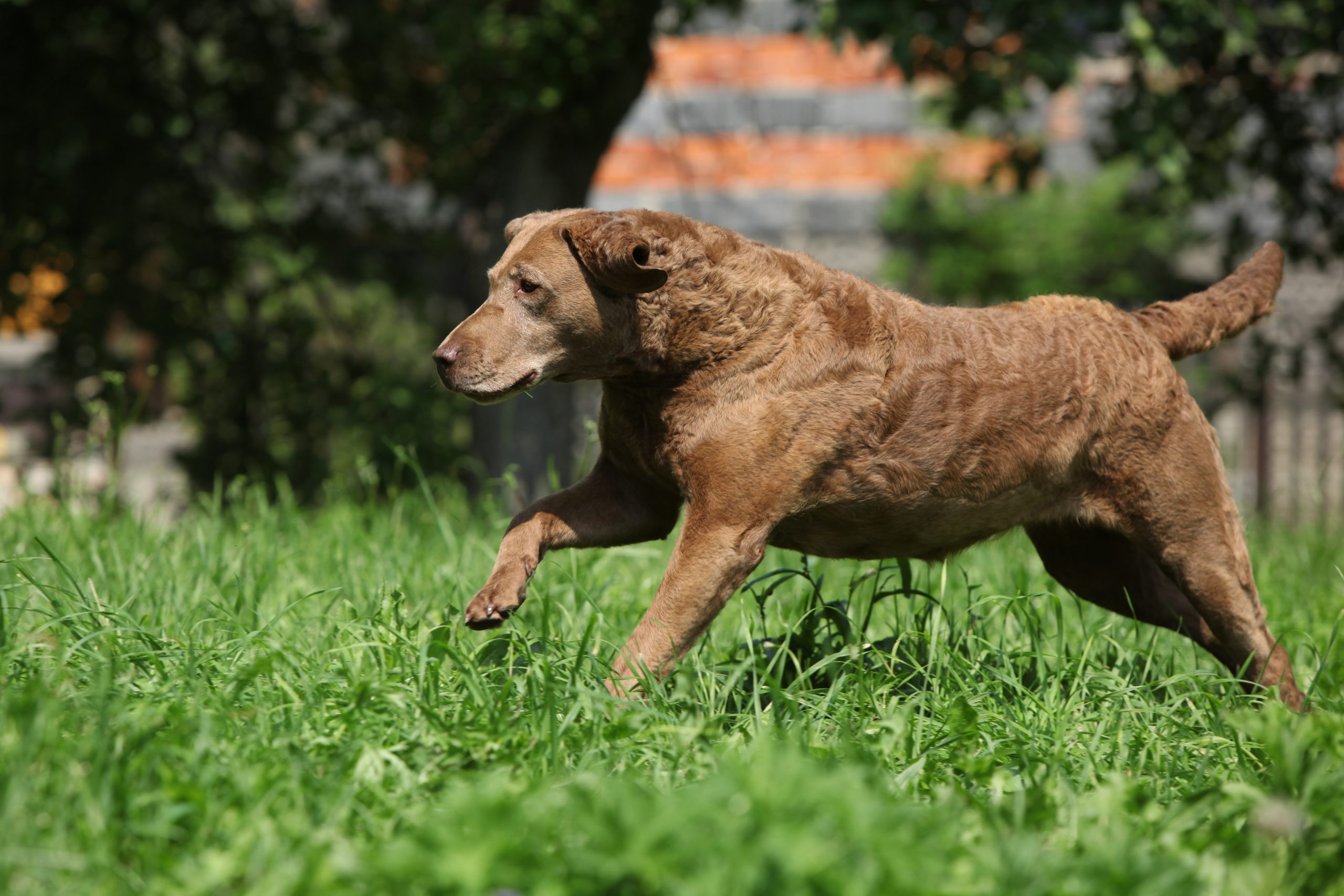 Shutterstock
Shutterstock
The Chesapeake Bay Retriever is a robust, water-loving breed known for its distinctive, oily double coat that provides insulation in cold water. This coat, however, tends to trap moisture and produce a strong natural odor, especially after a swim. Chesapeakes require regular bathing and drying to manage their scent, as well as routine brushing to remove loose fur and reduce odor buildup. Their ears also need frequent cleaning to prevent infection. Despite the grooming needs, their loyalty and enthusiasm for outdoor activities make Chesapeake Bay Retrievers excellent companions for active families.
Skye Terrier
 Shutterstock
Shutterstock
The Skye Terrier is a small, loyal breed with a distinctive long, flowing coat that, while beautiful, is prone to matting and trapping odors. Their coat requires frequent grooming to avoid buildup of oils, dirt, and debris, which can lead to a noticeable smell if left unchecked. Skye Terriers are also known for their sensitive skin, so maintaining a clean coat is essential to prevent infections and odor. Regular brushing, bathing, and ear cleaning keep Skye Terriers looking and smelling their best, making them a delightful and affectionate breed for those willing to commit to their grooming needs.
Our Funky Furry Friends
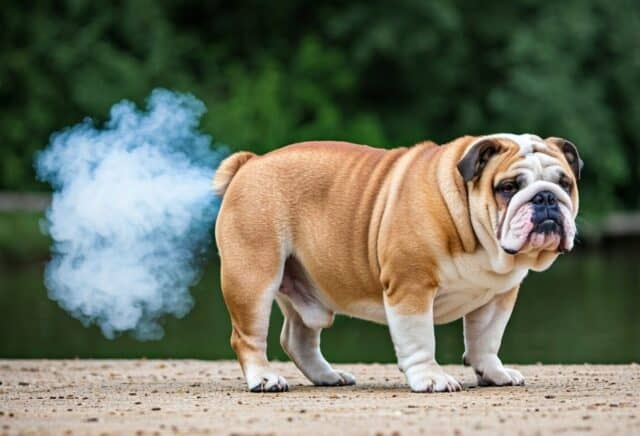 Shutterstock
Shutterstock
Though these breeds may be among the smelliest, their loving nature and unique personalities make them cherished companions. Understanding their specific grooming and care needs can help manage odor, ensuring they remain a joy at home. With regular grooming, a proper diet, and attentive care, even the smelliest dogs can stay as fresh as possible. By meeting their needs, owners can fully enjoy the companionship and happiness these dogs bring, proving that a bit of smell is a small price for unconditional love.

 3 weeks ago
17
3 weeks ago
17
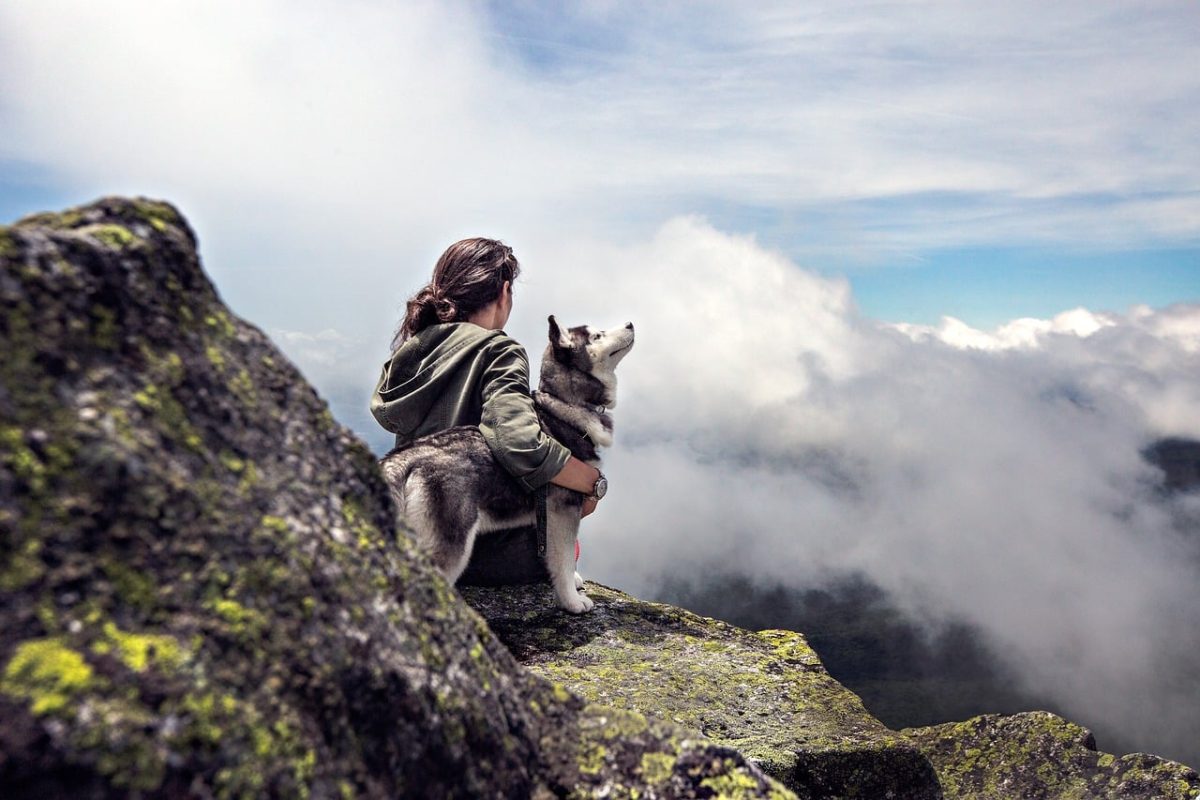
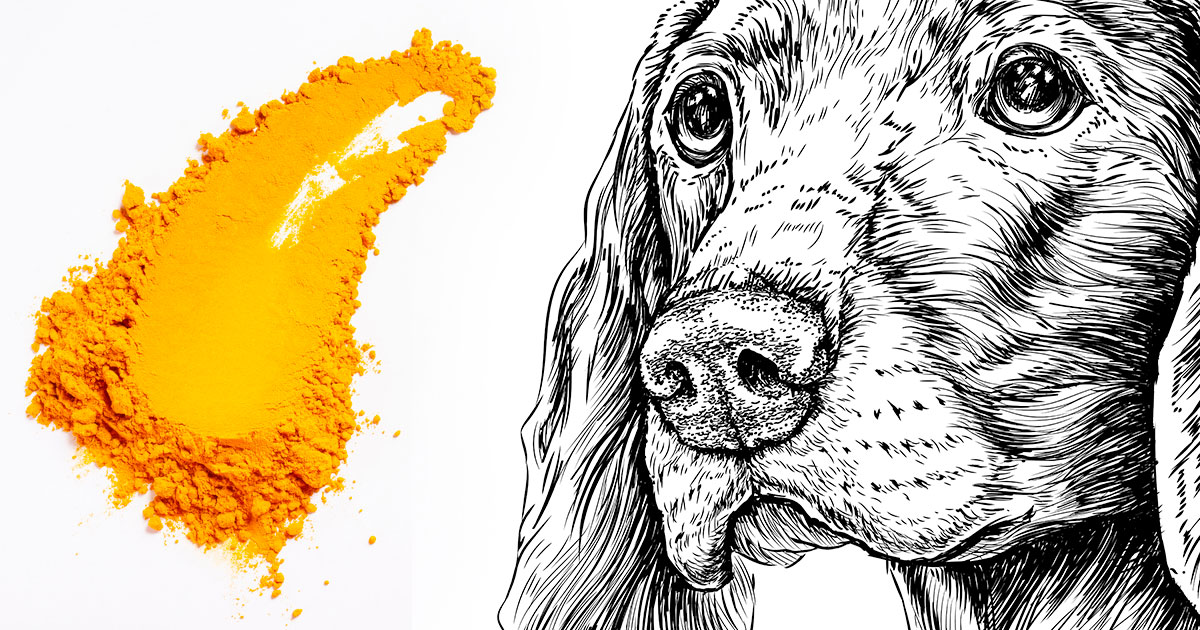


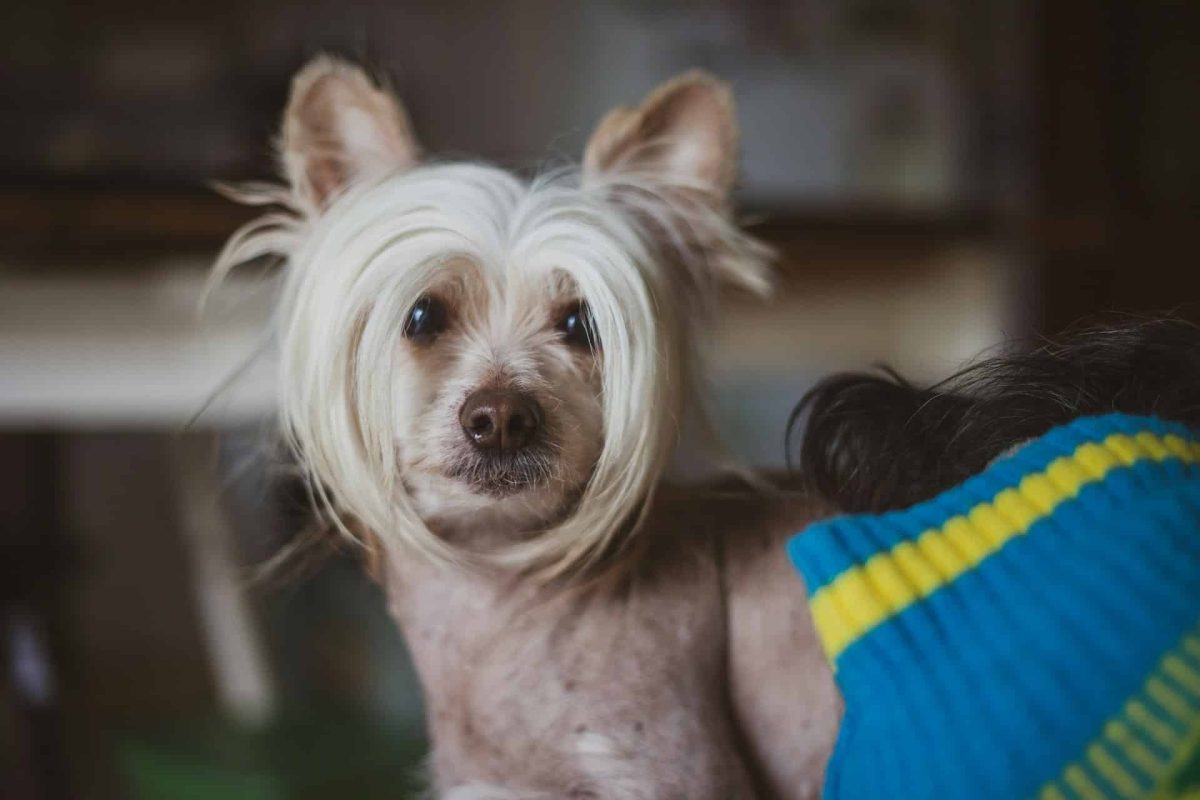
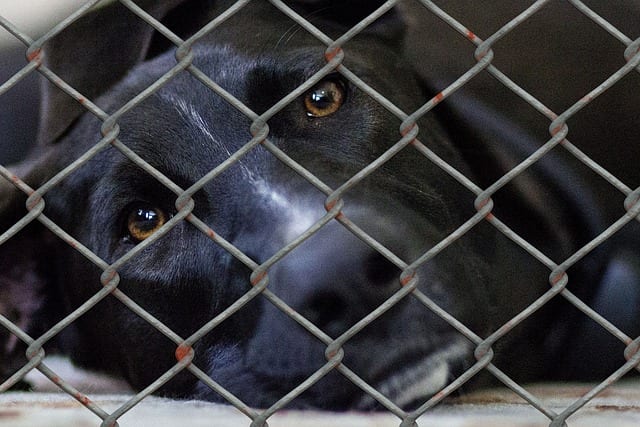

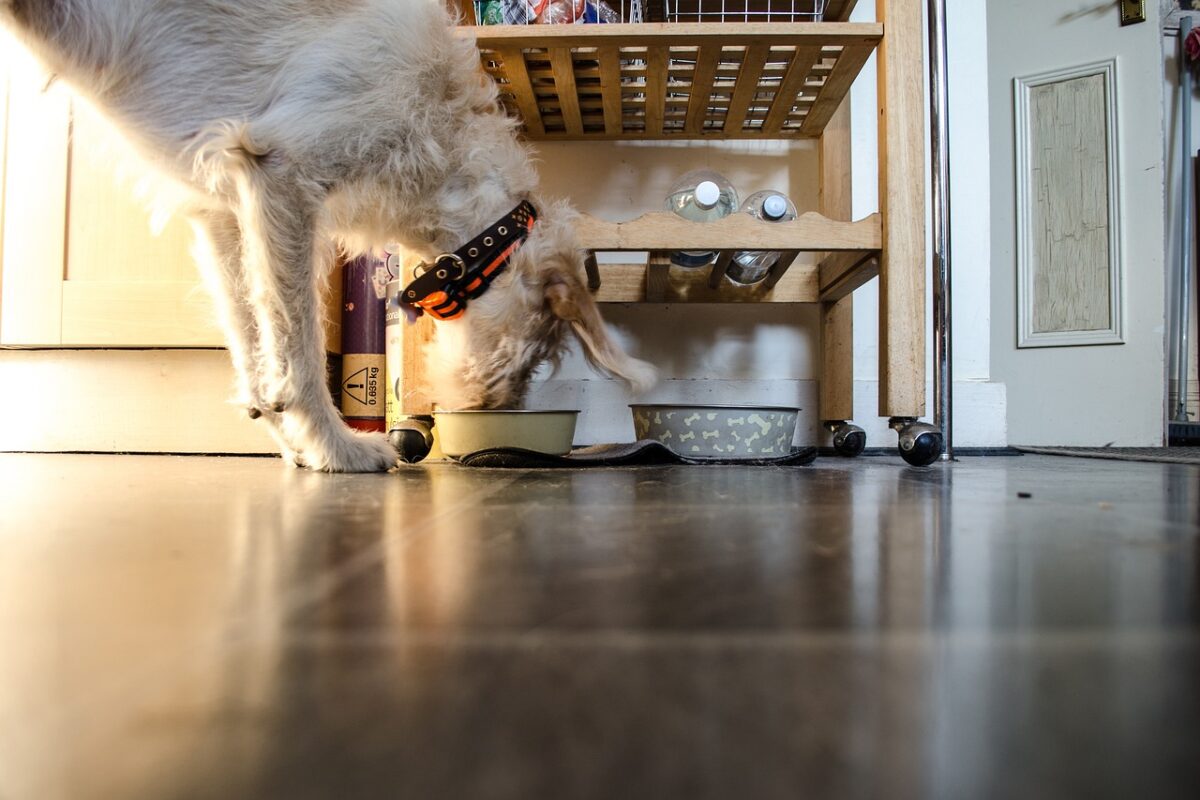



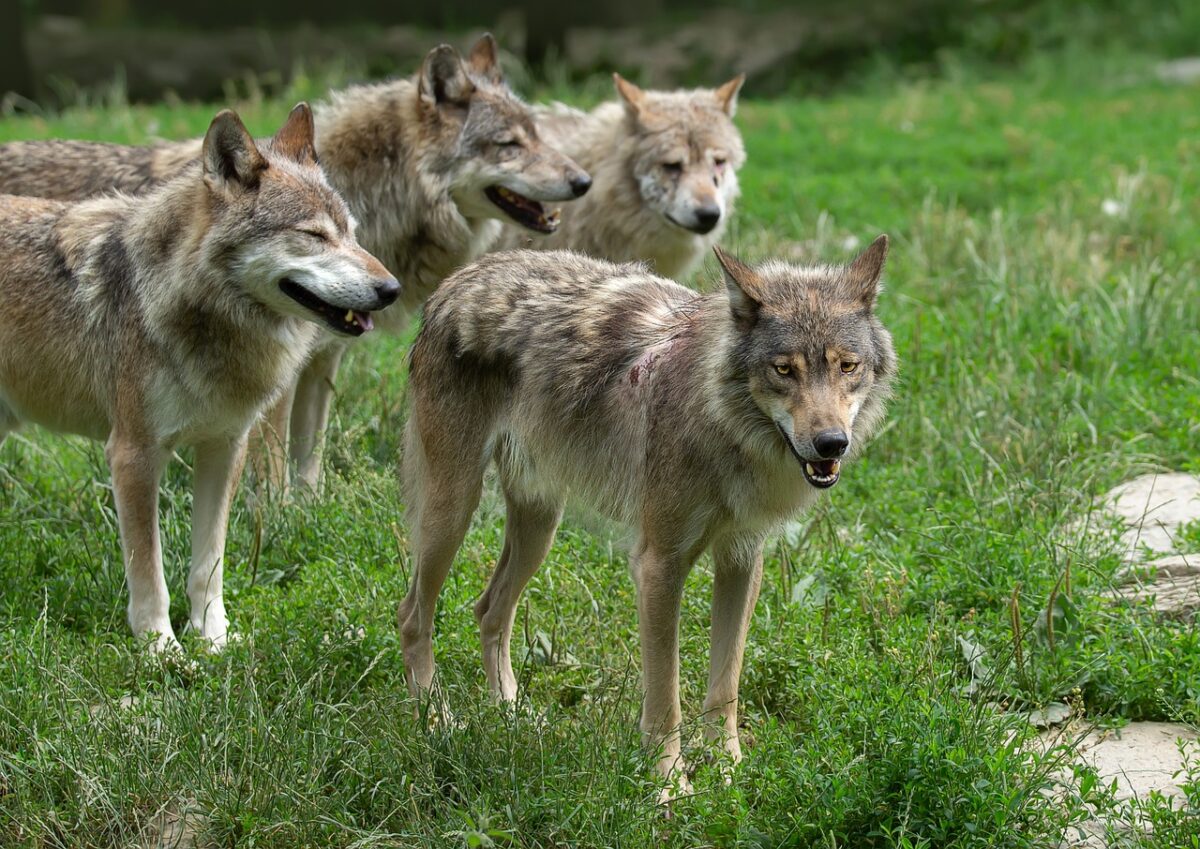
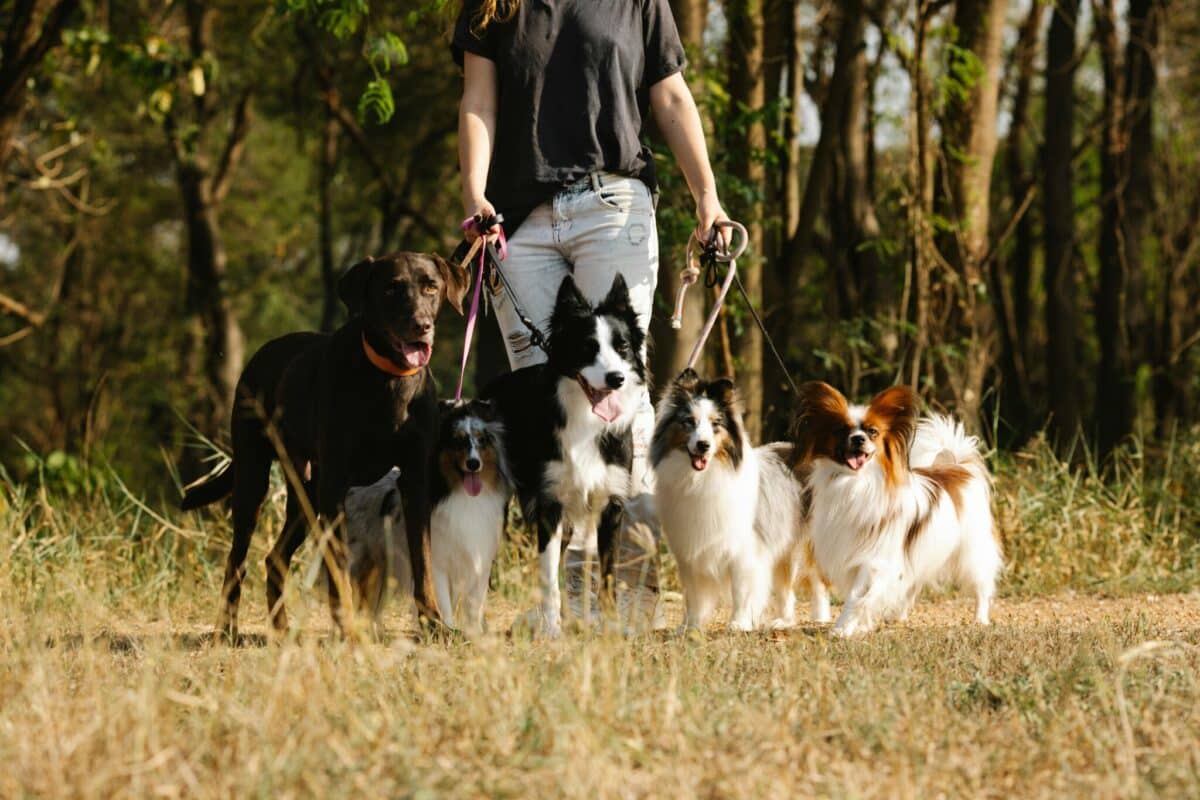



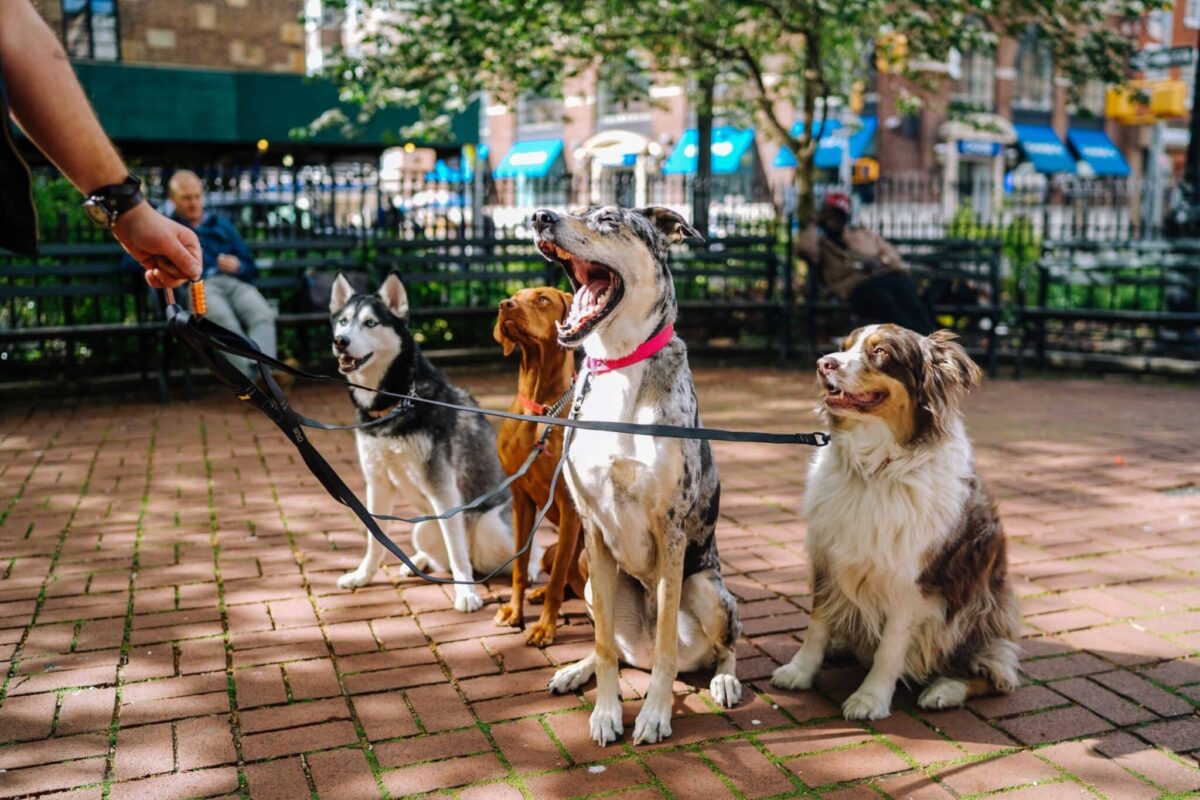

 English (US) ·
English (US) ·